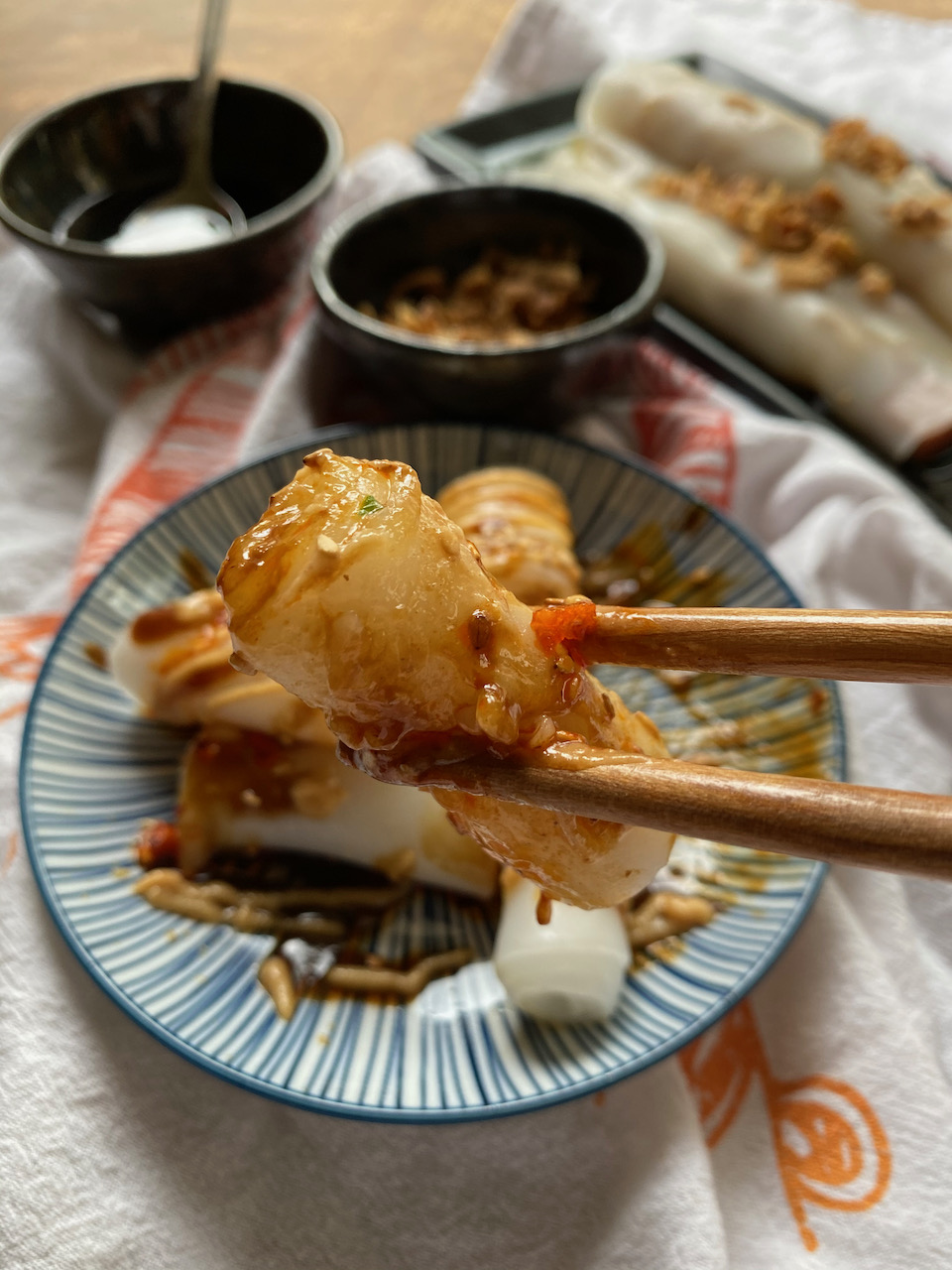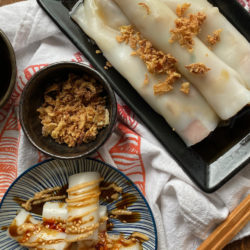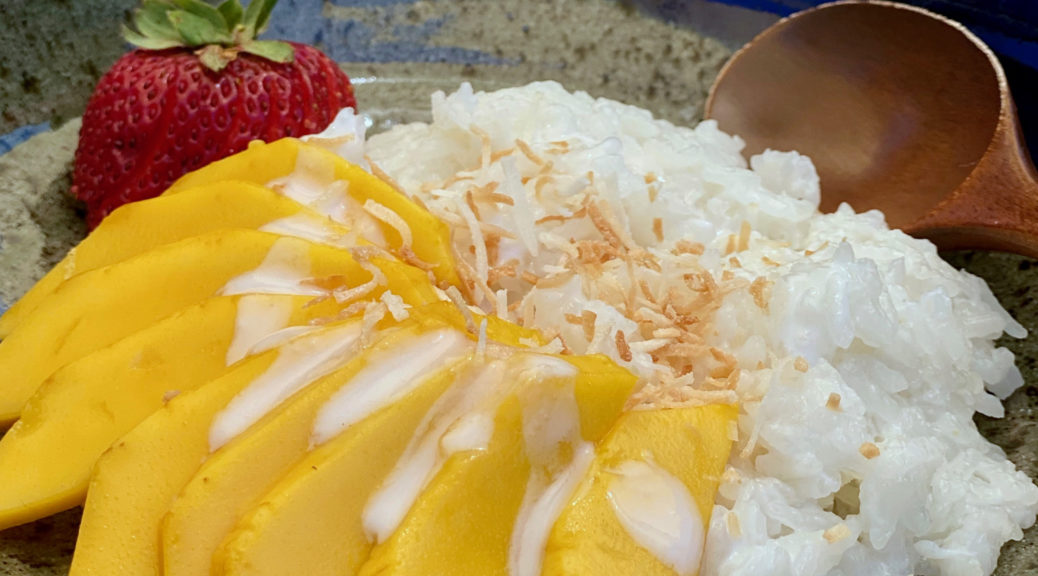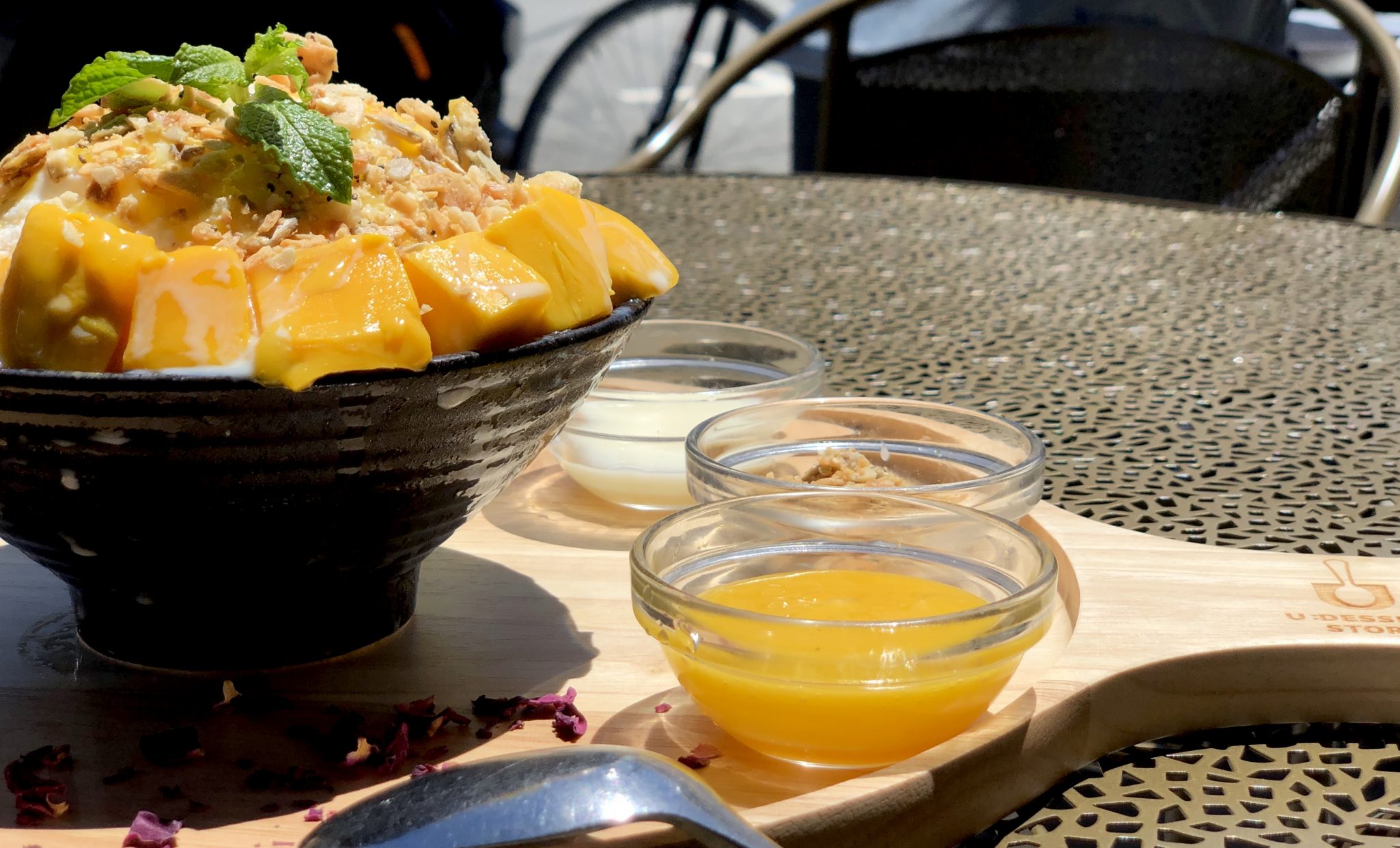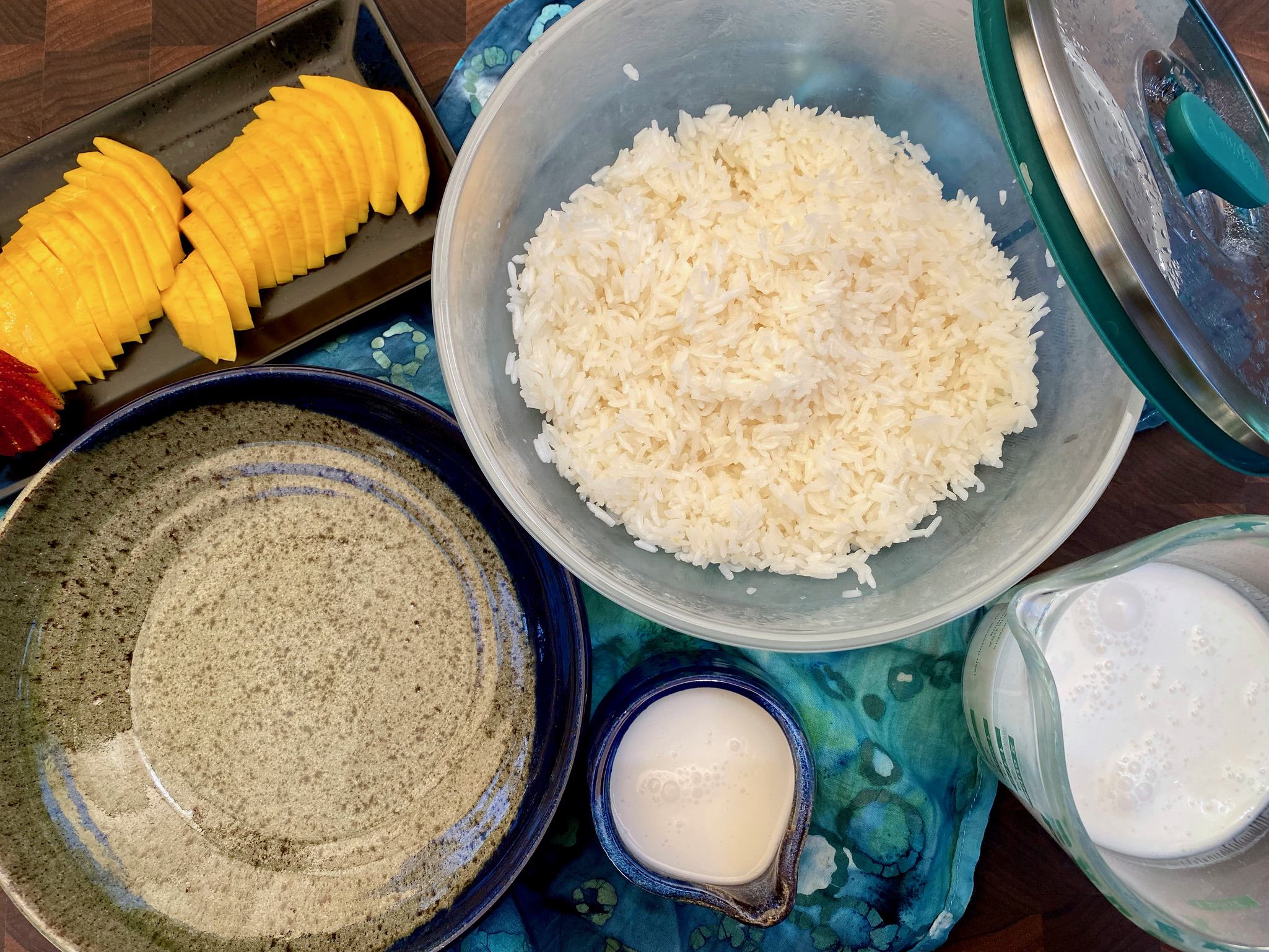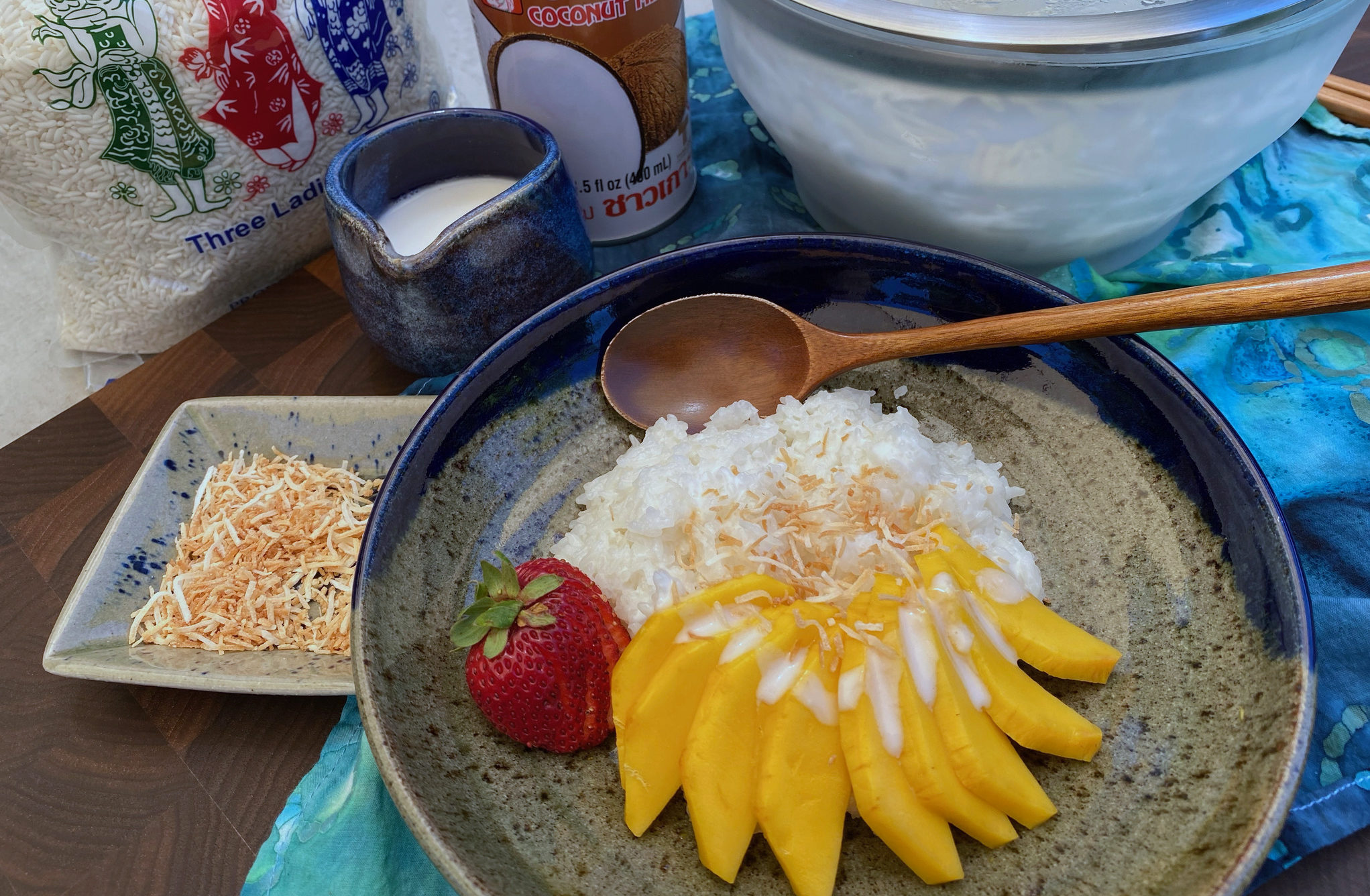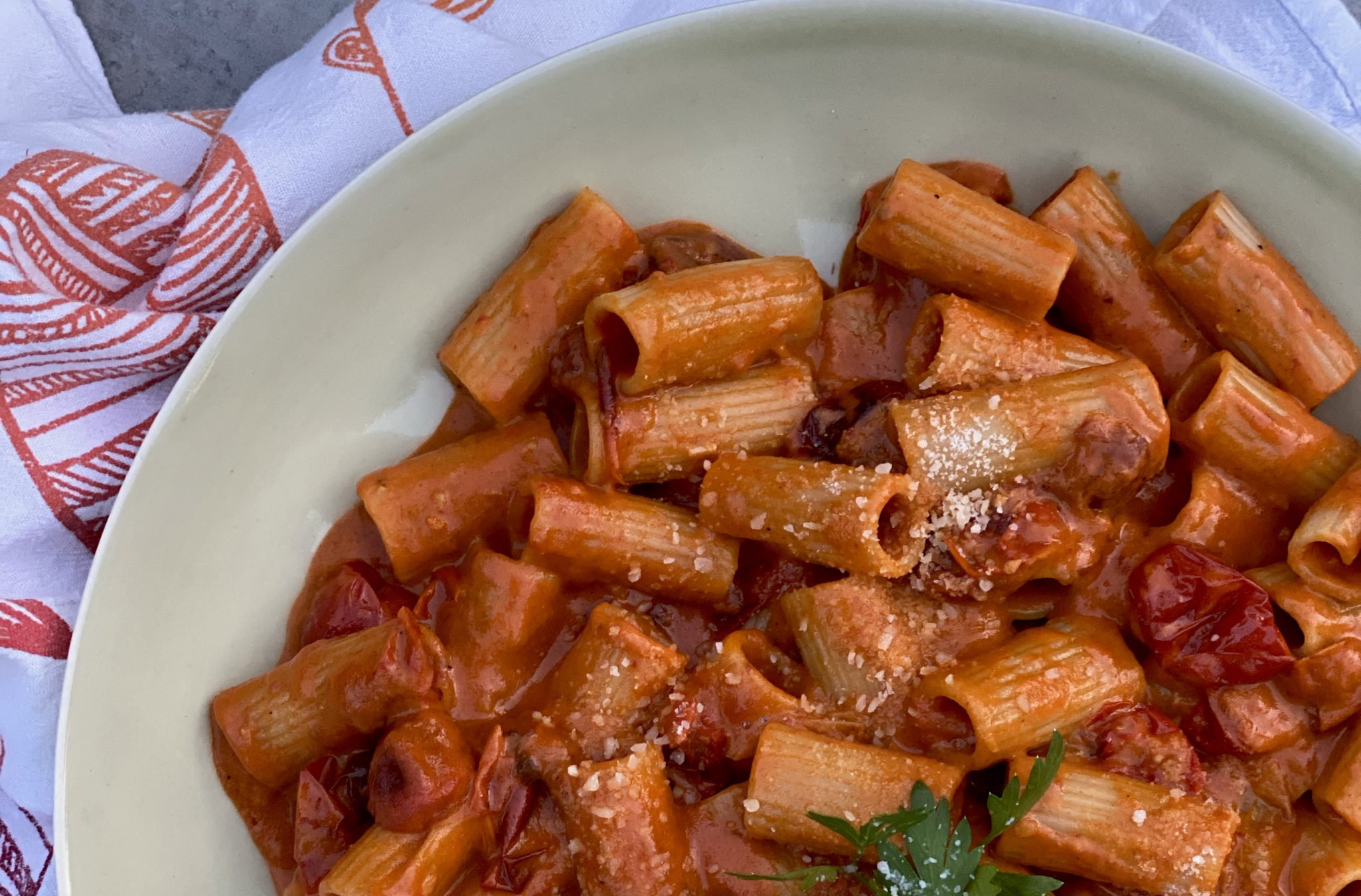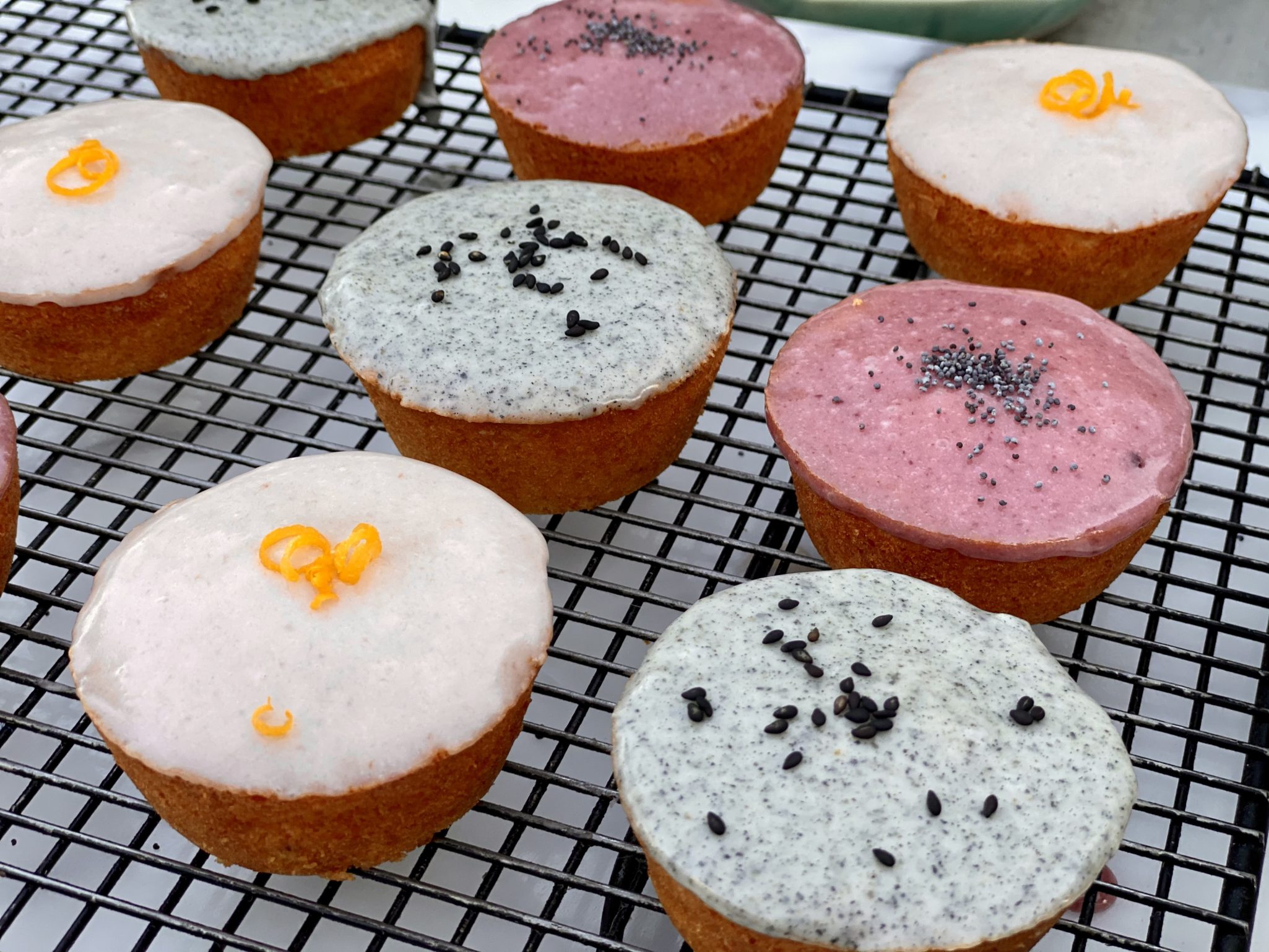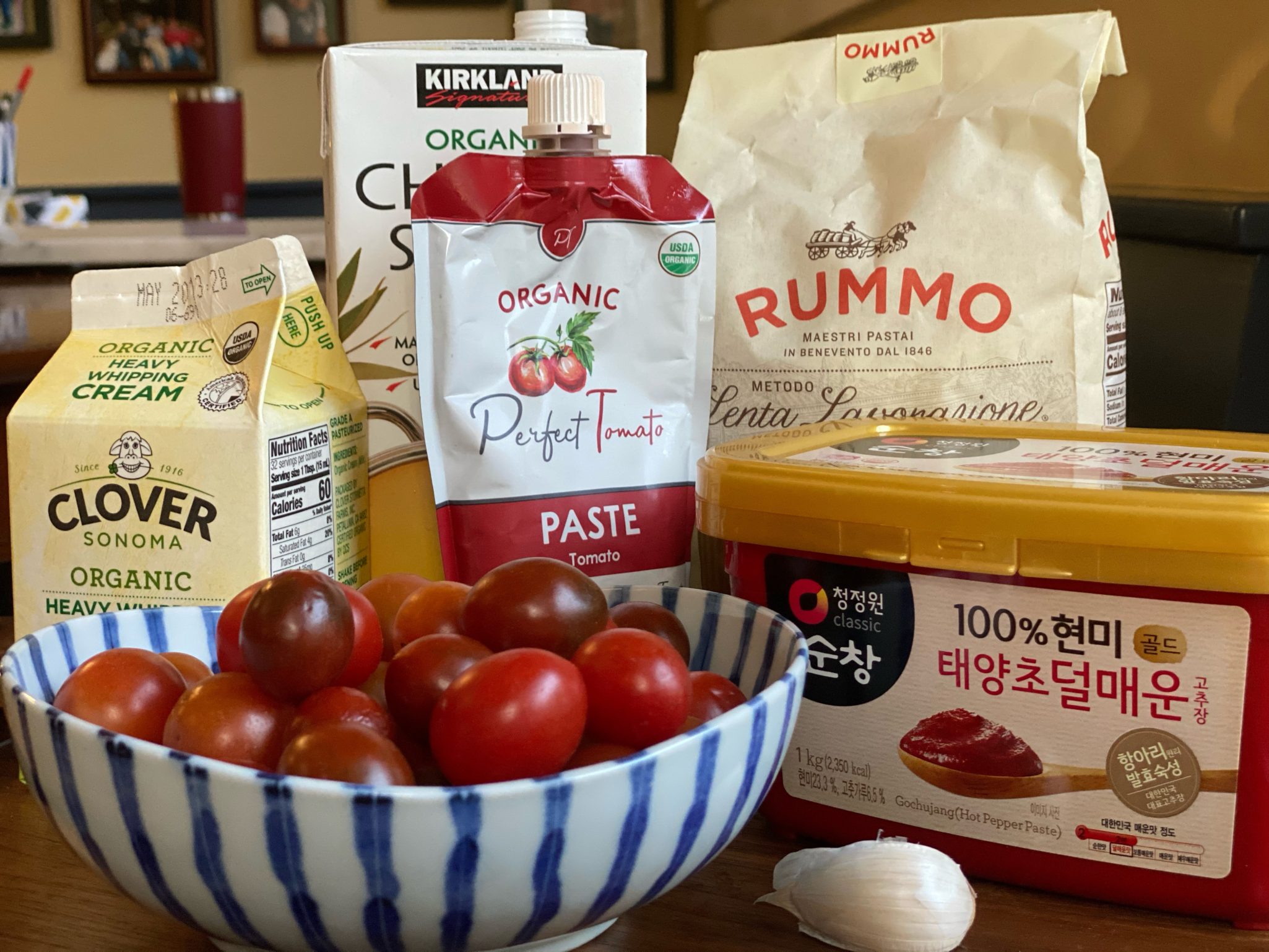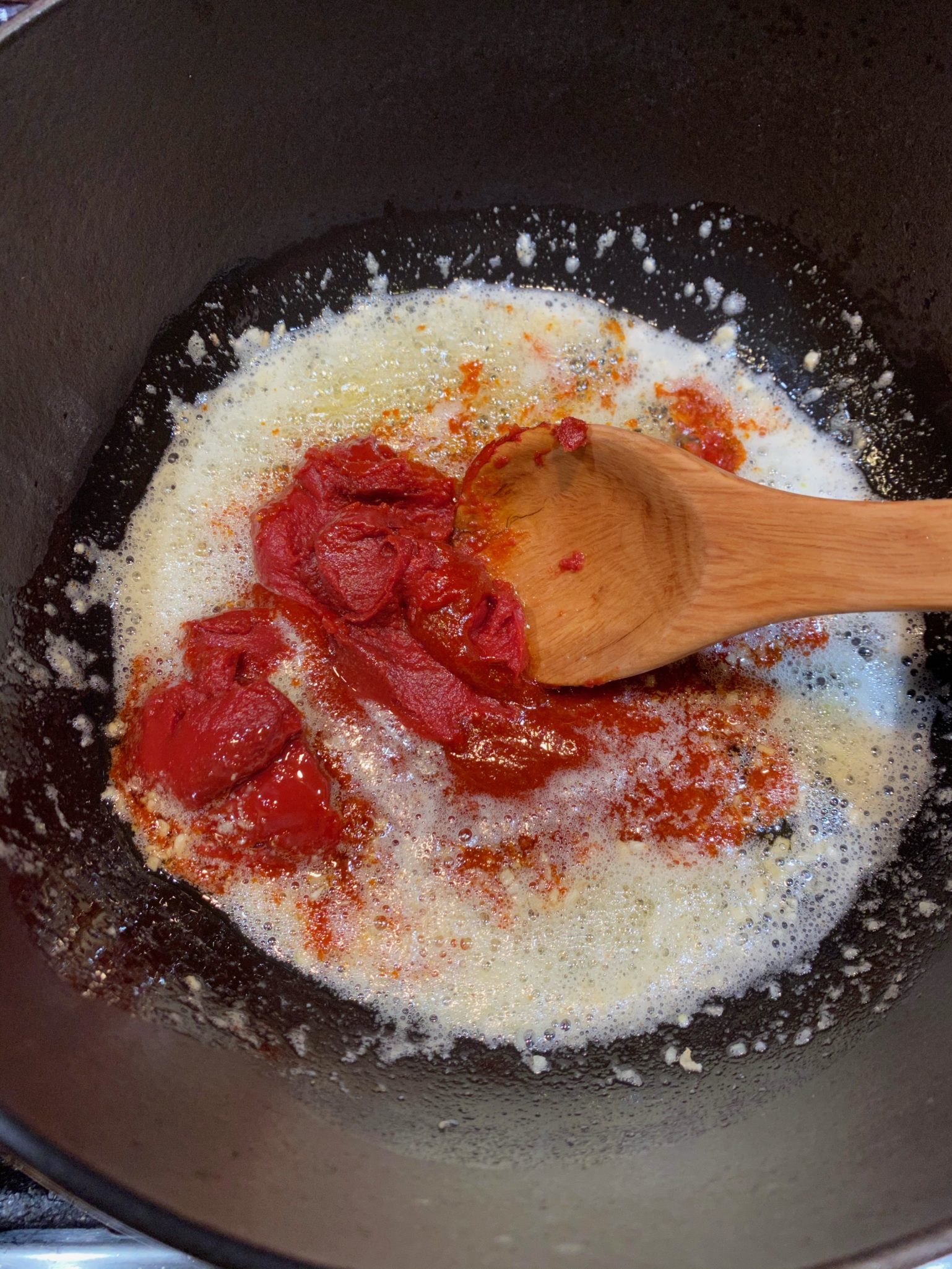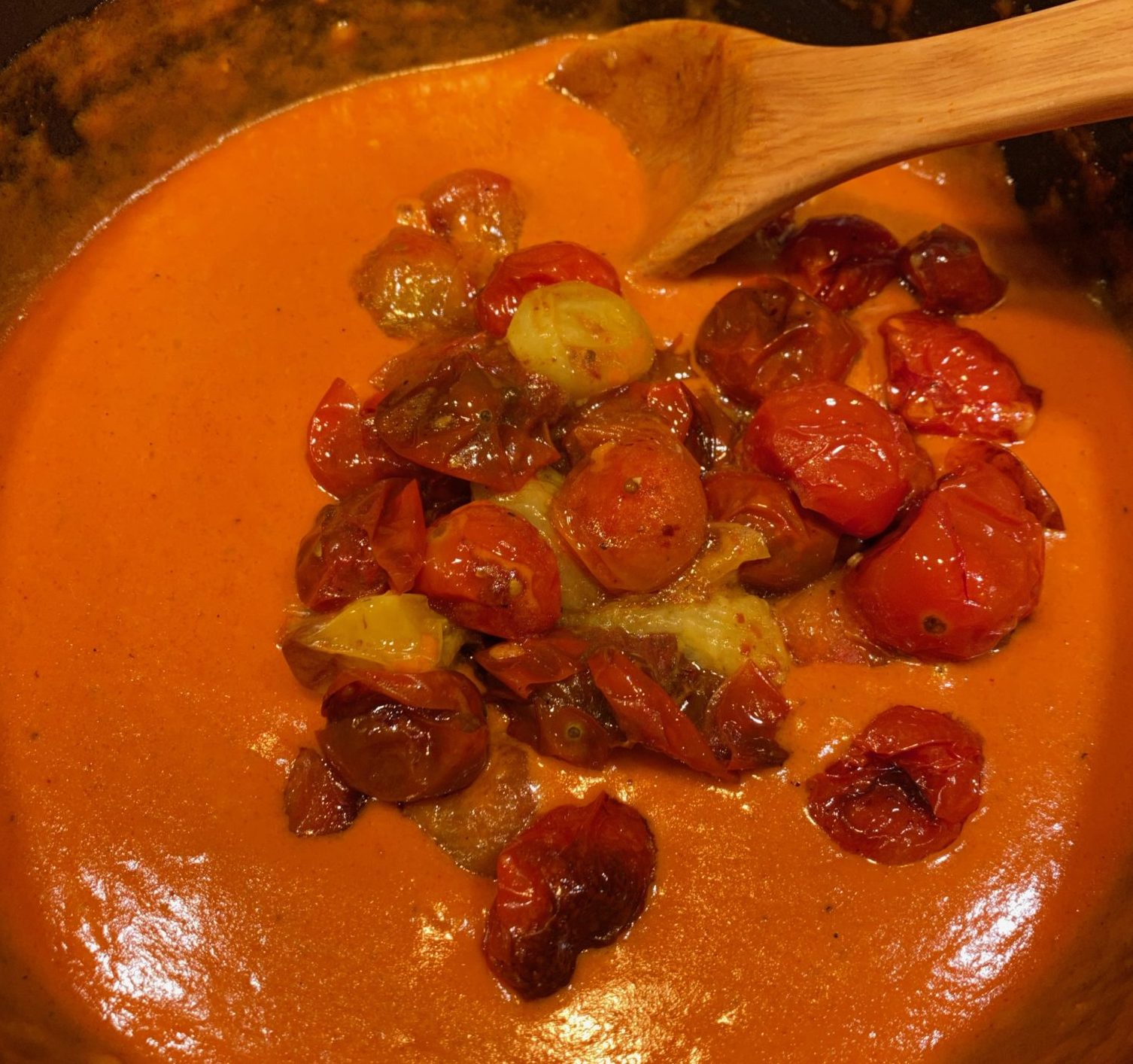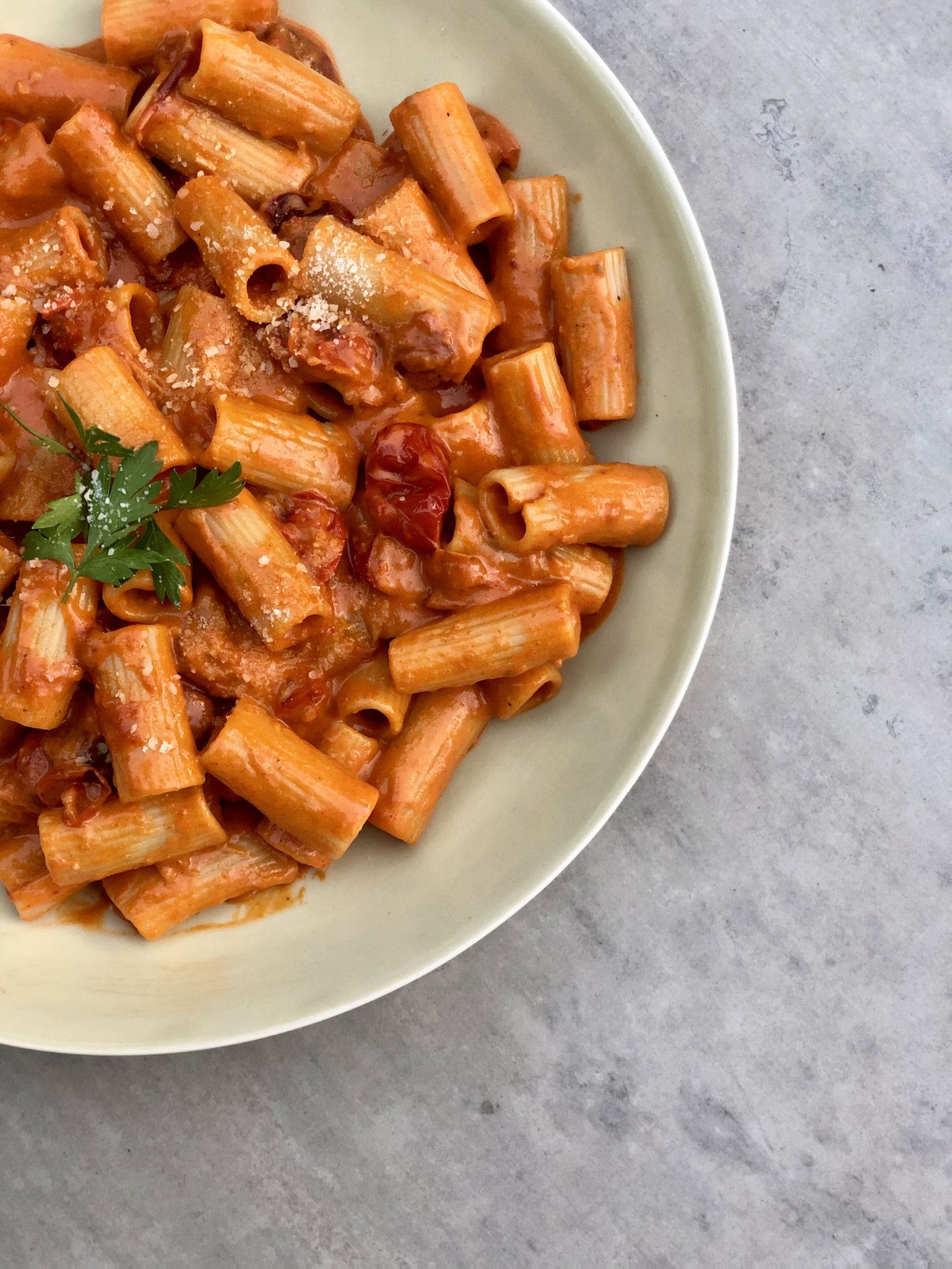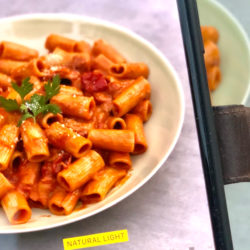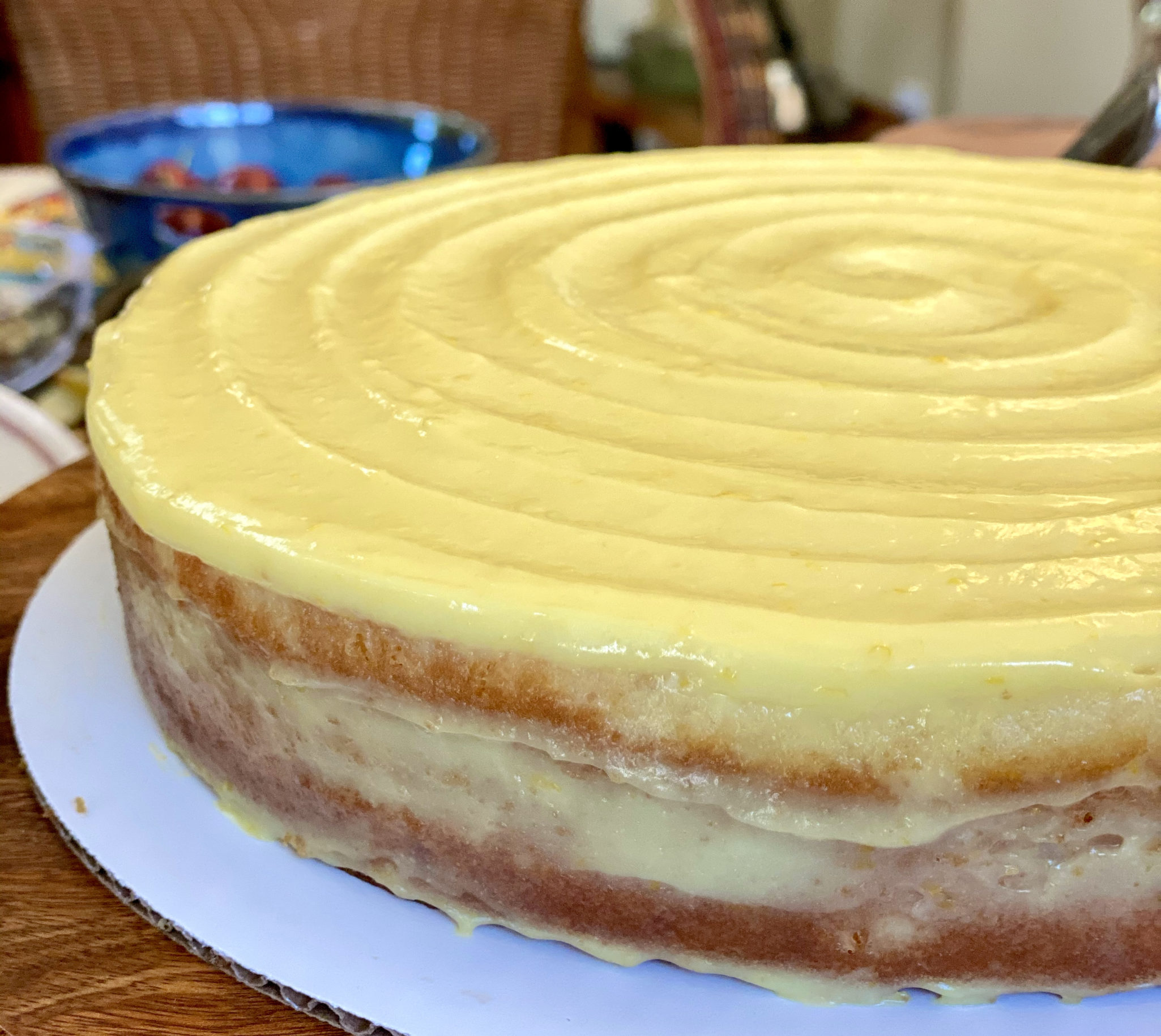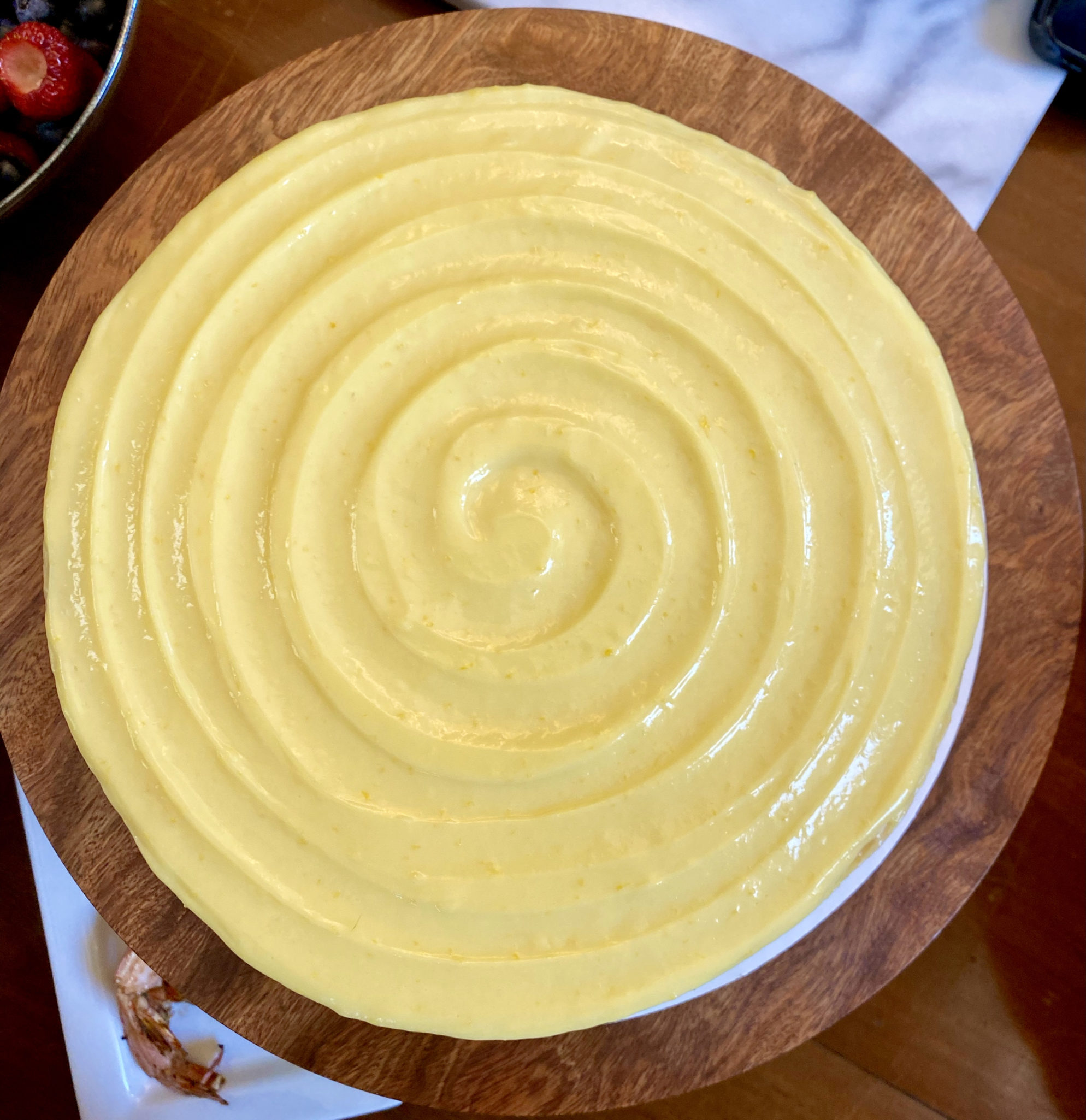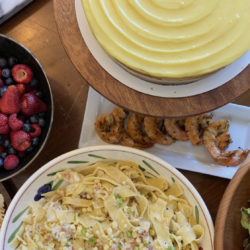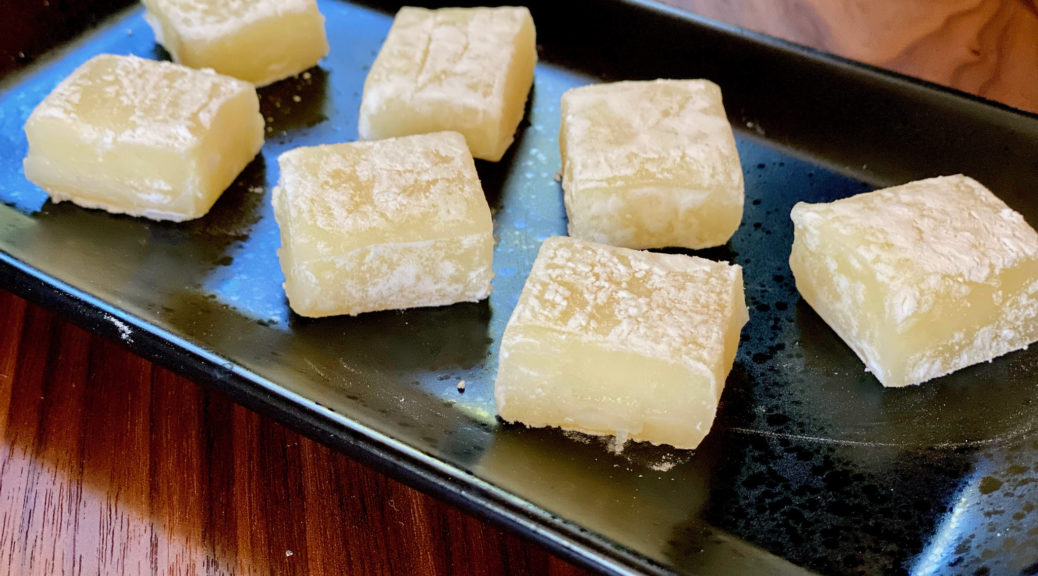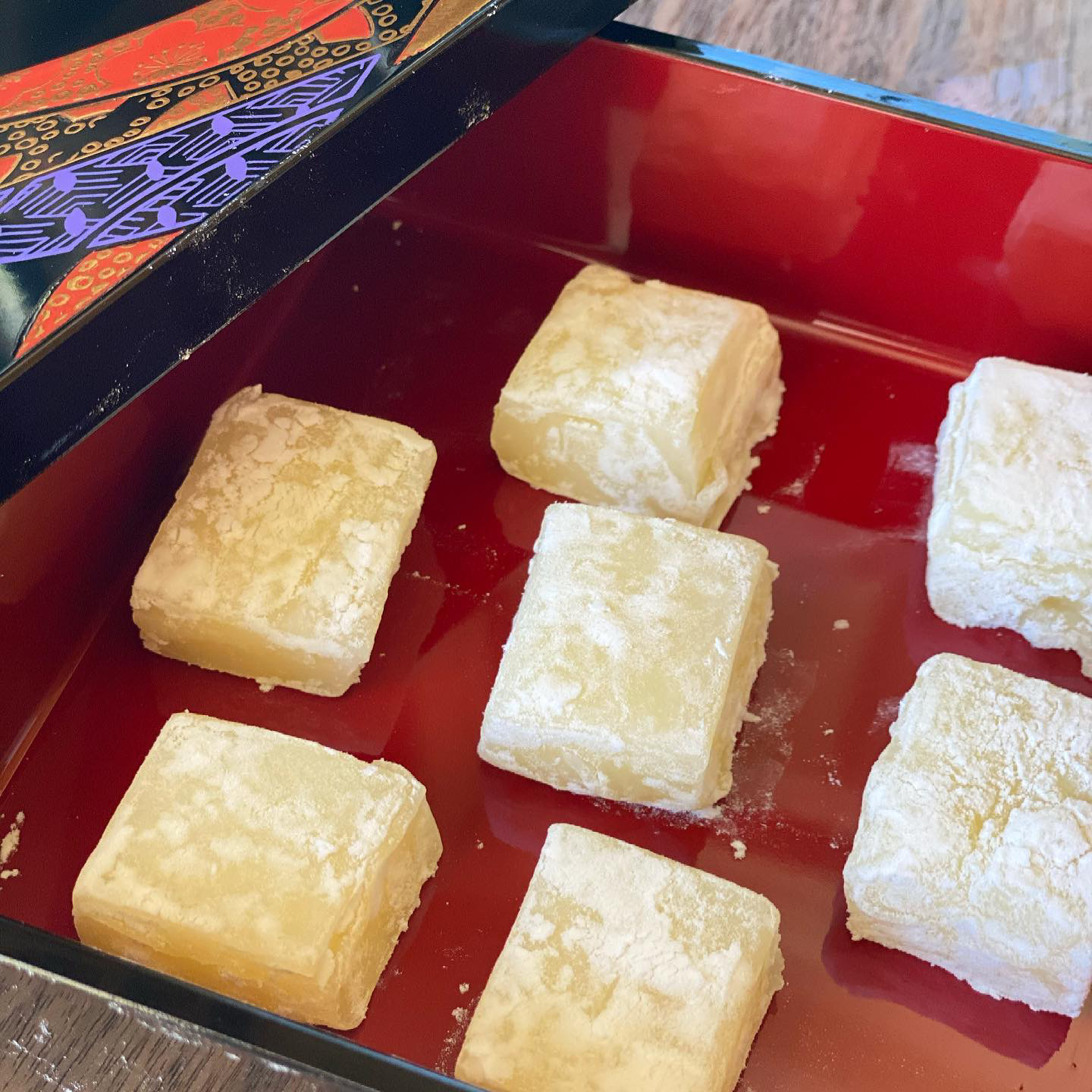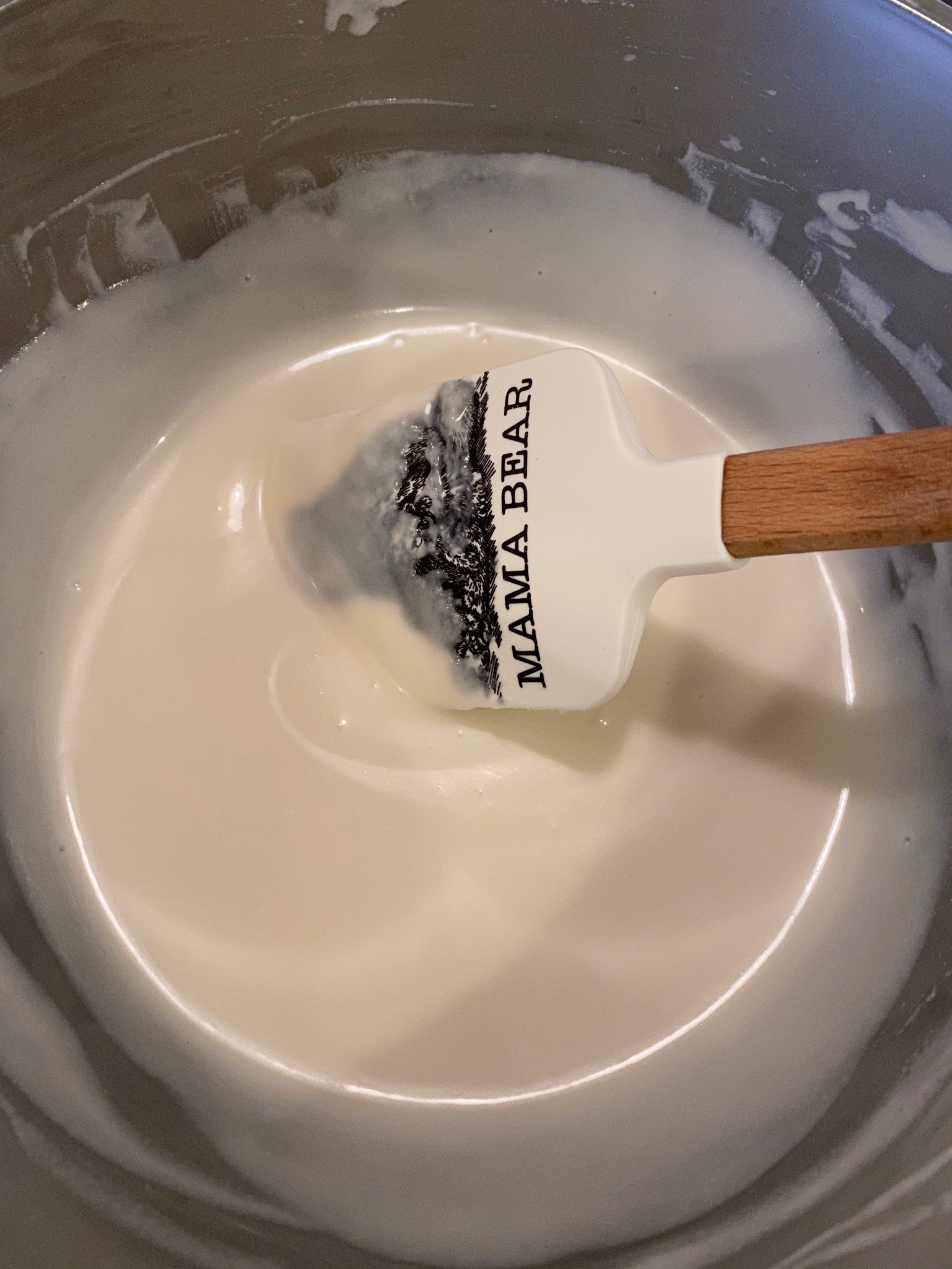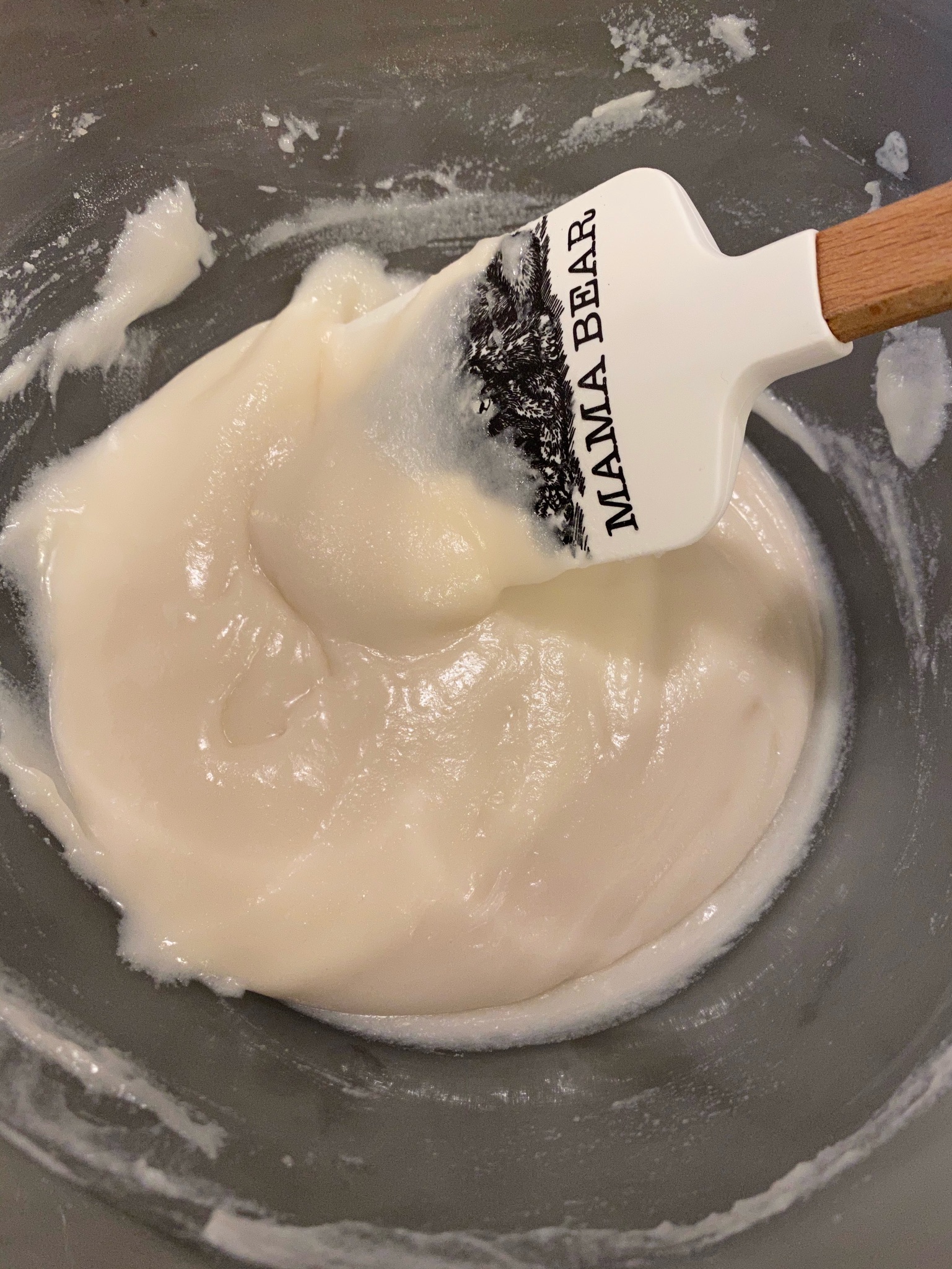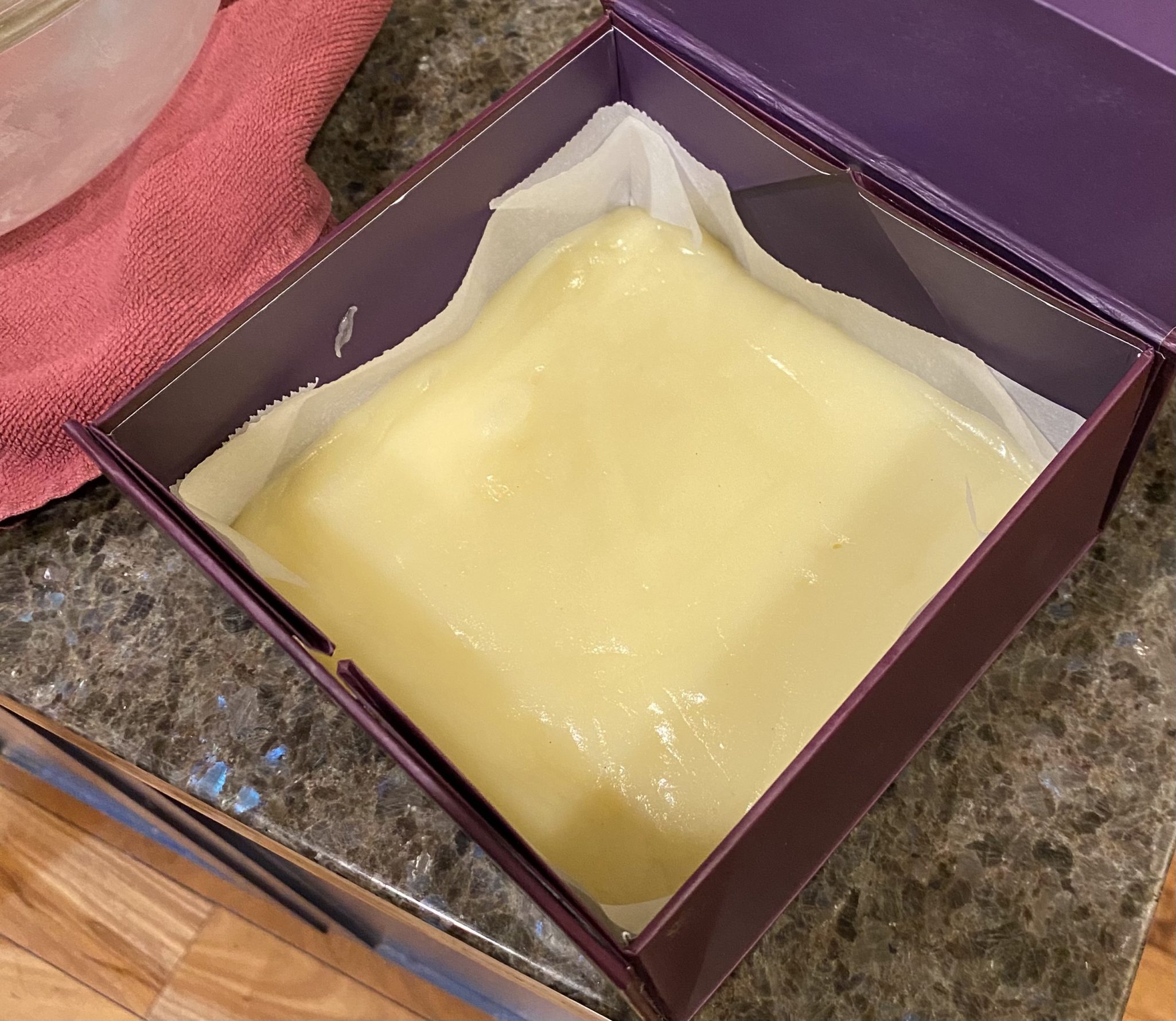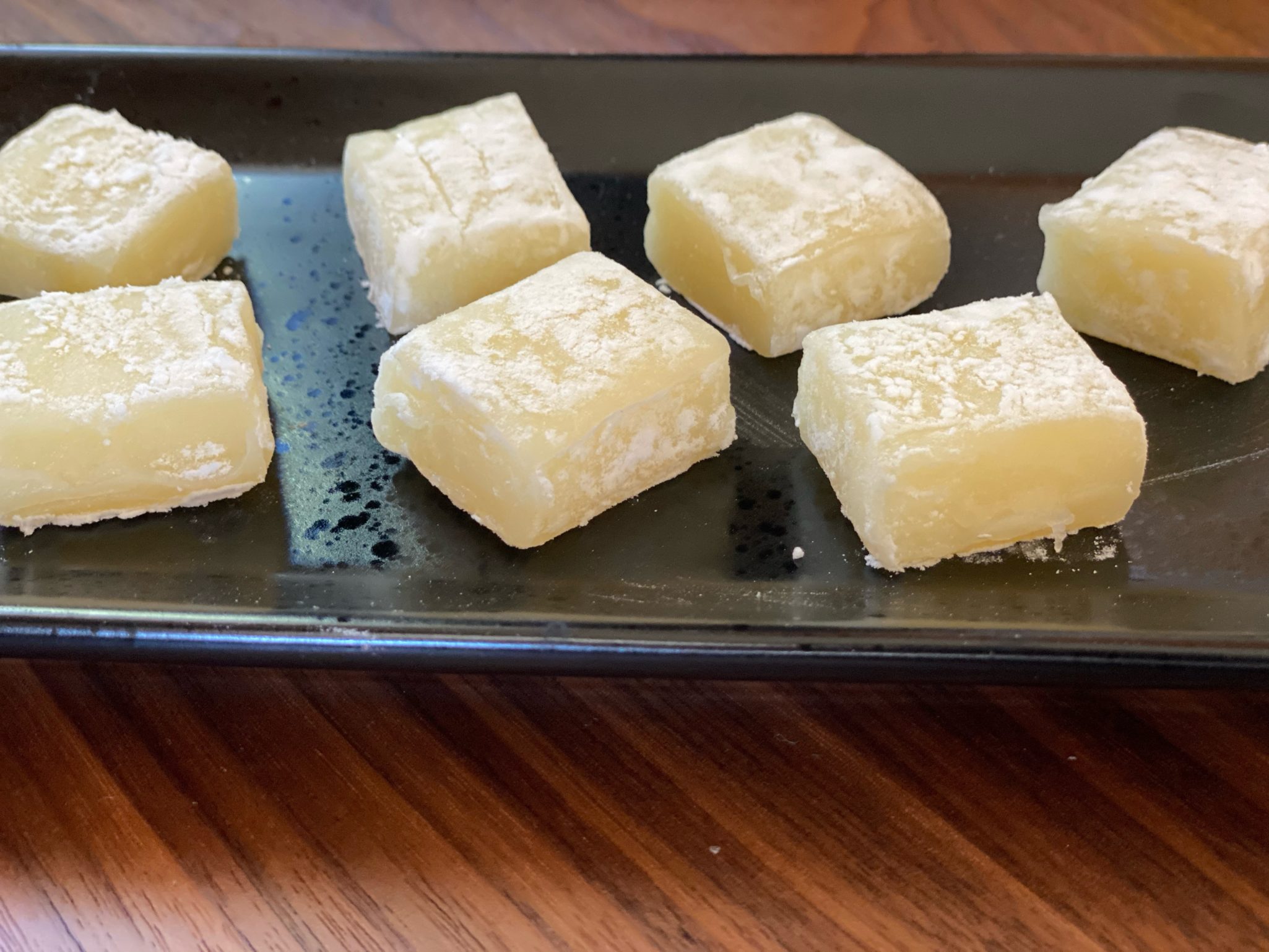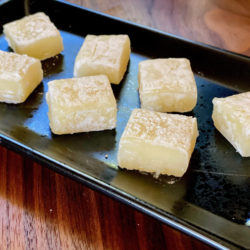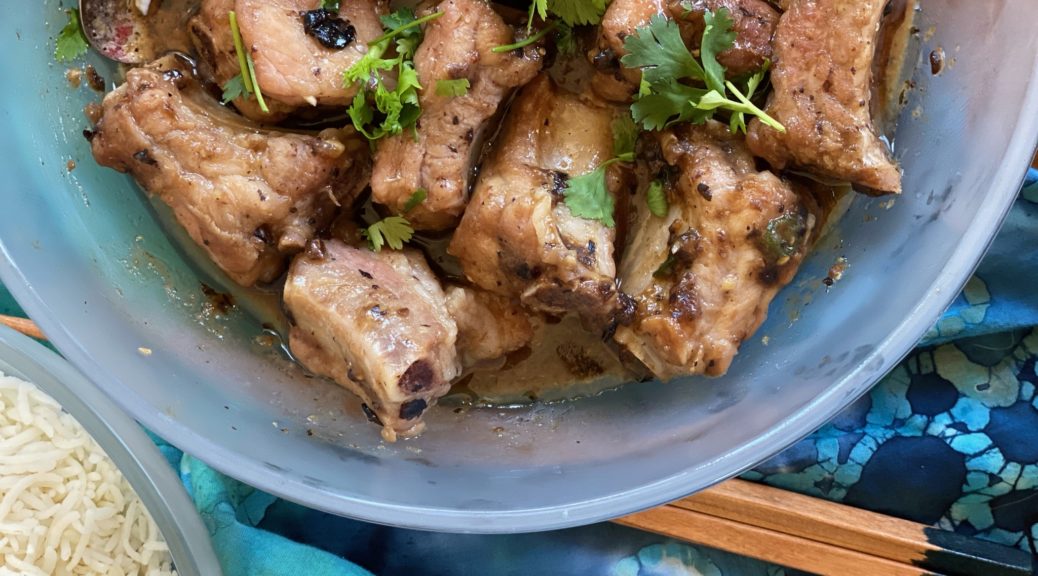
Steamed Black Bean Spareribs-Microwave Magic
I am the happy owner of Anyday Cookware, a set of bowls designed for the microwave. A podcast junkie, I am hooked on “All Things Chang”. That is Dave Chang, chef, restauranteur, face, and creator of the Momofuku Empire. He has waxed poetically about microwave cooking and I figure if it is good enough for him…why not?
What I really wanted to do was adapt well-loved dishes to the microwave. Lucky me, dishes that I normally steam, microwave beautifully. Bonus, not only is the cooking time shortened, but the process is simplified. No messing with steamer racks, or a large wok or pan to steam in. You cook in the same bowl you use to prep the dish. How cool is that? If you hate washing dishes like me, this is a HUGE.
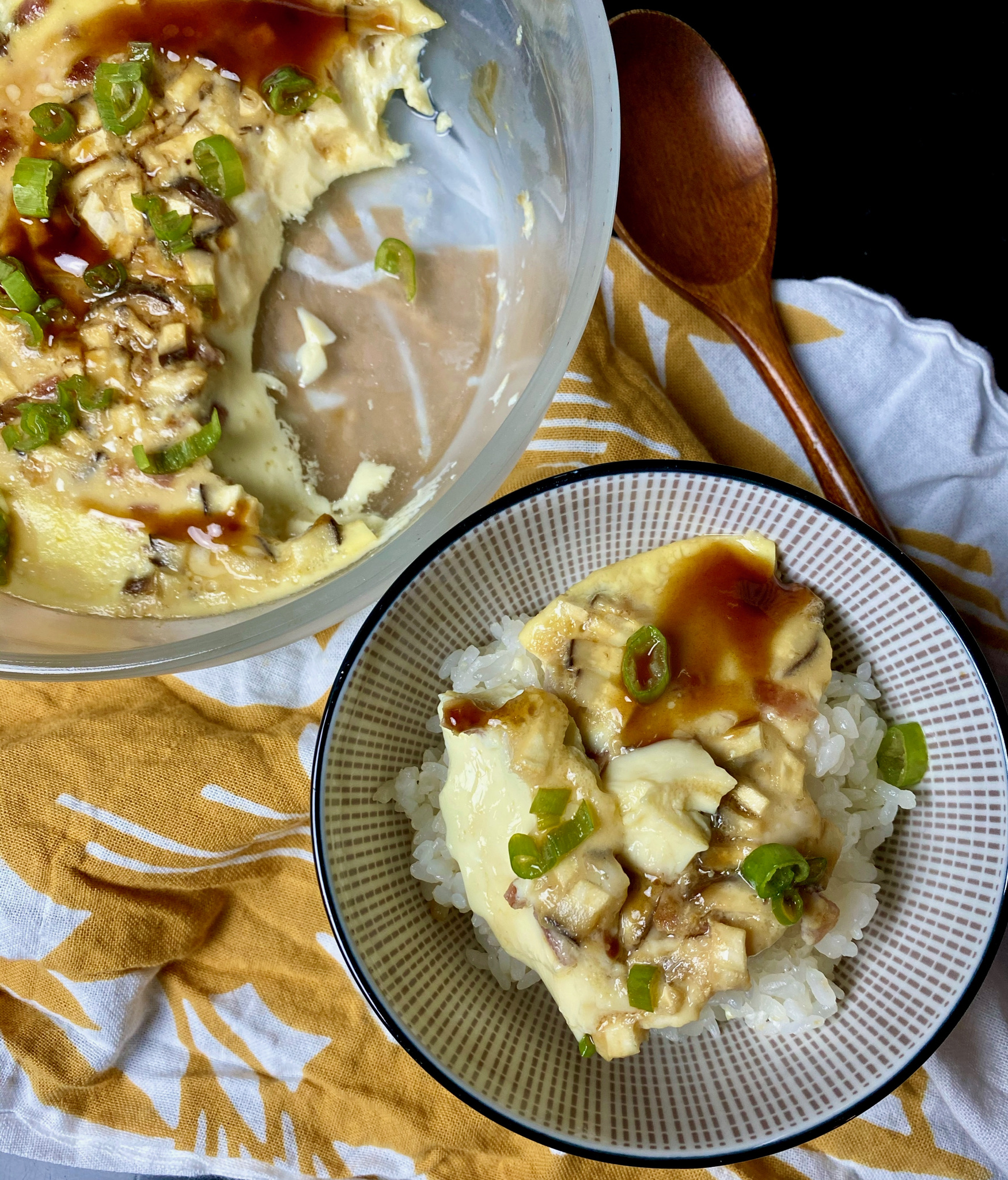
I started with Steamed Eggs with Chinese Sausage and Mushrooms and was rewarded with a silky smooth custard in minutes. A parade of down-home Chinese steamed dishes followed, Steamed Pork Patty, Steamed Chicken, Lop Cheung, and Mushrooms, and now, Steamed Black Bean Spareribs.
I adapted a recipe from the site Made with Lau. Inspired to archive his chef father’s cooking, Randy Lau created Made with Lau featuring videos of his chef-father cooking classic Chinese dishes, in particular Cantonese dishes.
The Lowedown on Lau
His are the dishes of my childhood. The videos are easy to follow and more importantly, the recipes work. His father speaks in Cantonese, so I get to brush up on my Chinese skills, while learning how to make a great dish, win-win! My family is from the same region in China and listening to him feels like being home with my grandparents, aunties, and uncles. Randy does a yeoman’s job translating his Dad’s cooking wisdom and his recipes into English.
The Wrap
After each cooking session, the family gathers around the table to enjoy the fruits of Daddy Lau’s labor. They give the background and history of the dish and additional cooking tips. It is the perfect way to round out each segment. Made with Lau is a gem and I hope you check out their site.
The Dish
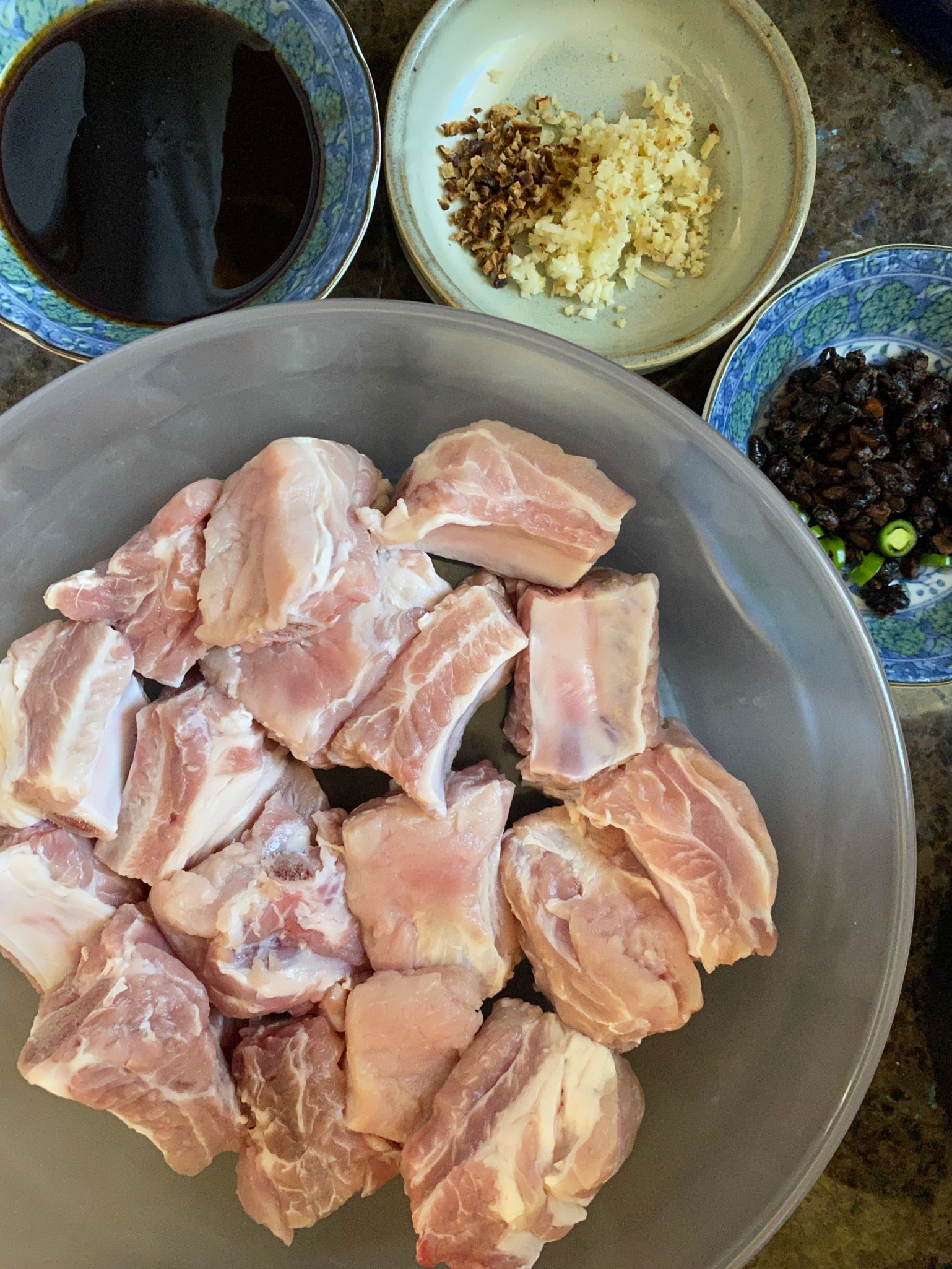
Black Bean Spareribs is a family favorite which until now, we only have when we are out for Dim Sum. The spareribs are steamed with chilis, fermented black beans, which have lots of umami, and seasonings. As soon as Made with Lau posted the video recipe I jumped at the chance to try it. My biggest deviation was cooking it in the microwave instead of steaming. Worked like a charm.
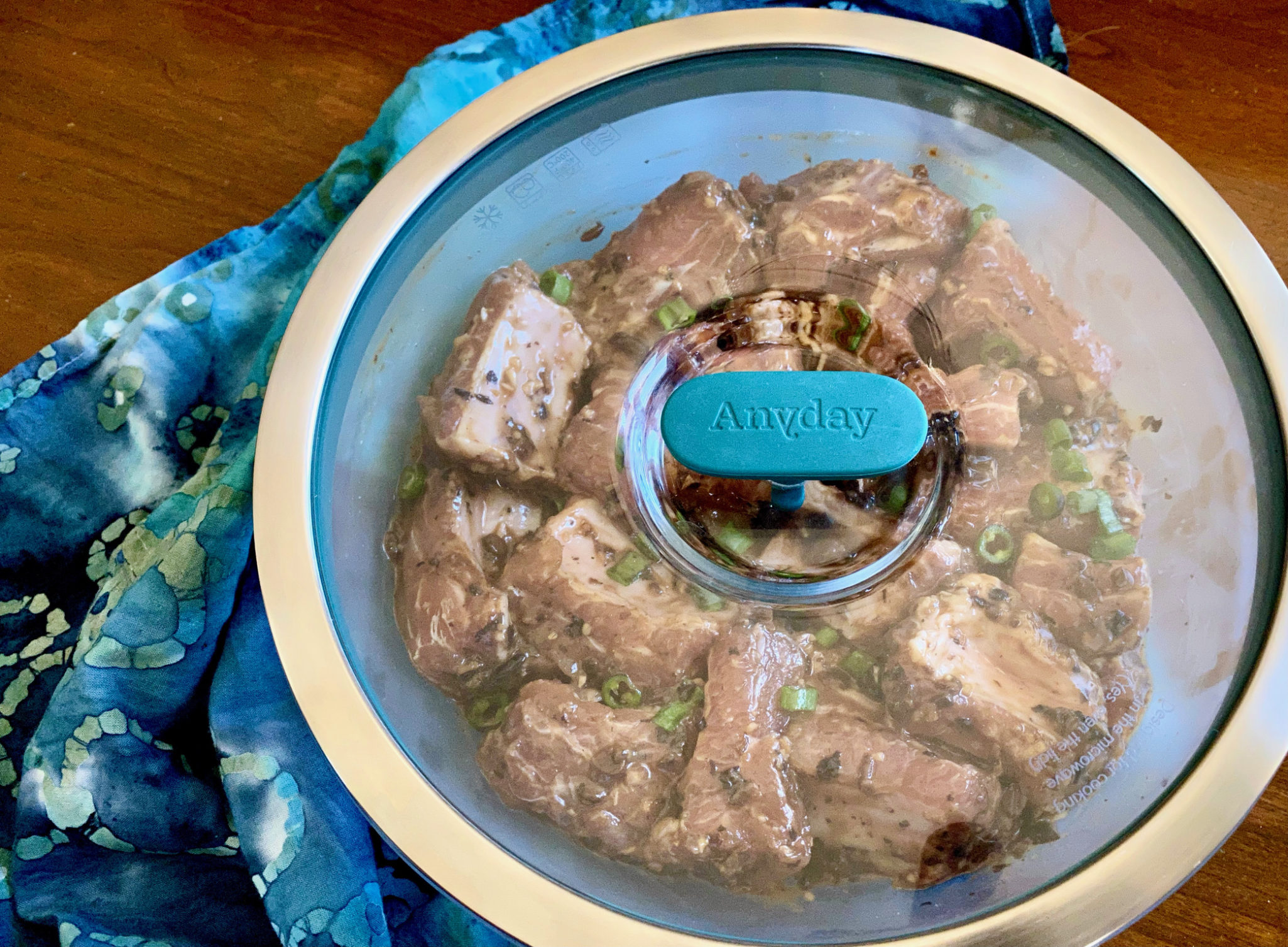
Use pork spareribs cut into bite-size pieces or you can cheat and use boneless pieces of pork. Both are equally tasty. Chinese markets carry ribs cut into 1-inch segments so if you are close to an Asian market go for it…don’t cut them yourself. It’s a lot of trouble and invariably you will have shards of bone in the cut ribs-no fun. For boneless, use pork belly or pork butt for this dish. It shouldn’t be too lean, the fat contributes both flavor and tenderness to the dish.
Fermented black beans can be found in Chinese grocery stores. Salted and fermented black soybeans are pungent and full of umami. A little goes a long way but it does keep well in the fridge. There is a black bean sauce in a jar that might be a suitable sub, you would need to adjust for salt and some of the seasonings. I haven’t tried it yet.

This is Cantonese soul food. Serve with steaming bowls of rice and a green veggie dish like stir-fried pea sprouts.
Steamed Black Bean Spareribs-Microwaved
Ingredients
- 1 lb spare ribs (baby back ribs) cut into 1-1.5 inch pieces or sub 1 lb. pork belly or pork butt cut into bite-sized pieces.
- 1 tbsp cornstarch for rinsing ribs
Bowl 1
- 0.50 tbsp light soy sauce
- 1 tbsp oyster sauce
- 1/2 tbsp Shaoxing wine
- 1/4 tsp salt
- 1 tsp sugar
- 1-2 tbsp water or low sodium chicken stock Add if using microwave to cook
Bowl 2
- 1 tsp dried mandarin orange peel optional, small thumbnail sized piece
- 1 clove garlic minced
- 1 tsp ginger minced
Bowl-3
- 1 tbsp fermented dried black beans rinsed and dried, smooshed
- 1 tsp sesame oil
- 1 tbsp cornstarch for pork
- 0.50 tsp vegetable oil
Garnish
- red chili pepper, deseeded and deveined a few slices, optional
- 2 green onions sliced
Instructions
- Place our fermented black beans in a bowl, and rinse them under running water for 15-20 seconds. Gently massage the beans as you do this. Drain the water, and set the bowl aside to let the beans rehydrate for a couple of minutes then smoosh them with the back of a spoon. Set asideSoak orange peel in warm water, set aside for 10-15 min. Once soft, dice.
- Slice red chili pepper and green onions. Set aside
- Rinse and dry ribs and place in bowl. Add cornstarch to the ribs, and massage the ribs around to evenly mix the cornstarch around the surface of each rib.
- Rinse the ribs in running water for 1 to 2 minutes, massaging the ribs as you go. Pour out all of the water, and press and squeeze the ribs against a colander to get rid of excess water.
- Wrap the ribs in a thick paper towel, pressing and patting to absorb moisture.
- Place ribs in a large microwavable bowl. Make marinade.
- Combine salt, sugar, light soy sauce, oyster sauce, Shaoxing wine in a small bowl. Mince garlic, ginger, orange peel, and add to a second bowl.
- Add soy mixture and ginger-garlic mixture to bowl of ribs. Mix and massage the bowl of ribs well. Approximately 45-60 seconds to blend.
- Add black beans to the bowl of ribs, mix well.
- Add sesame oil and cornstarch. Mix the ribs to evenly coat each rib with cornstarch. Spread out evenly in bowl. Sprinkle chilis on top and drizzle with remaining 1/2 tbsp of oil. Cover with lid, open the vent on lid if it has one, or leave lid slightly ajar on bowl.
- Microwave on full strength for 5 minutes. Remove, careful it's hot and stir mixture. If it seems dry or the sauce is too thick add 1-2 tablespoons of water or stock. Scatter green onions on top. Place lid back on and microwave for anouther4-5 minutes.
- Remove from microwave and allow to stand for 30-60 seconds. Serve with lots of rice.

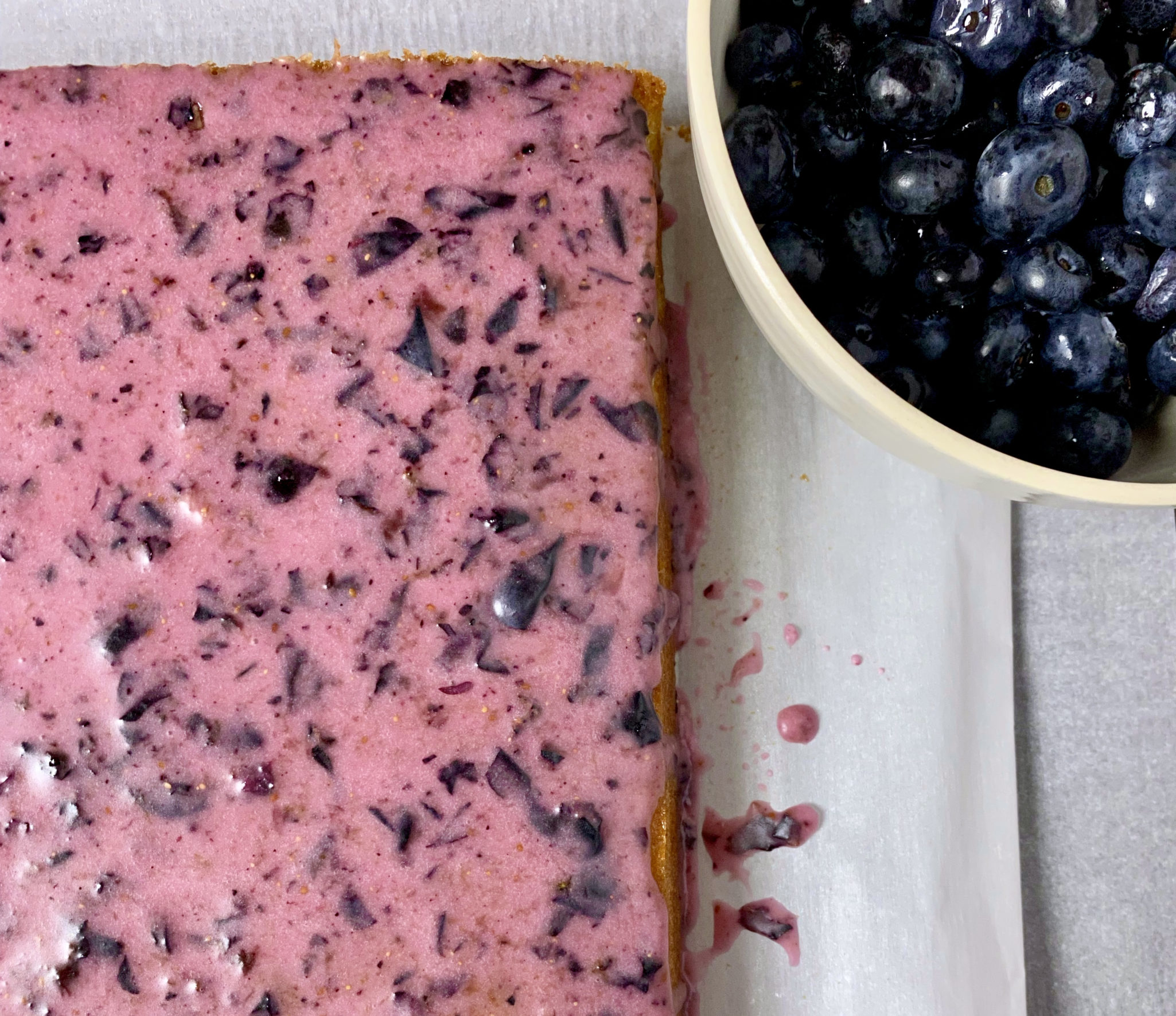

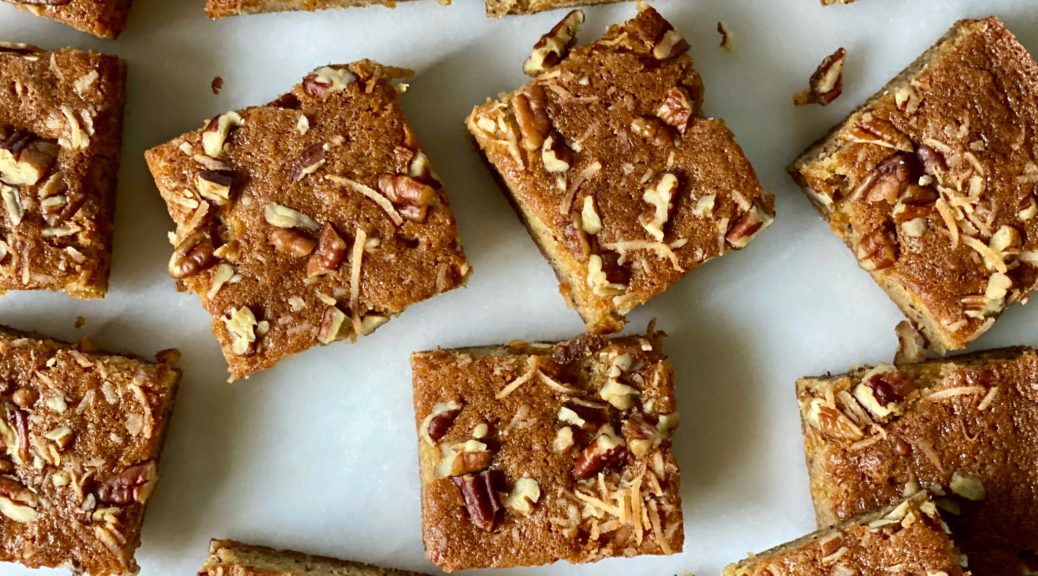
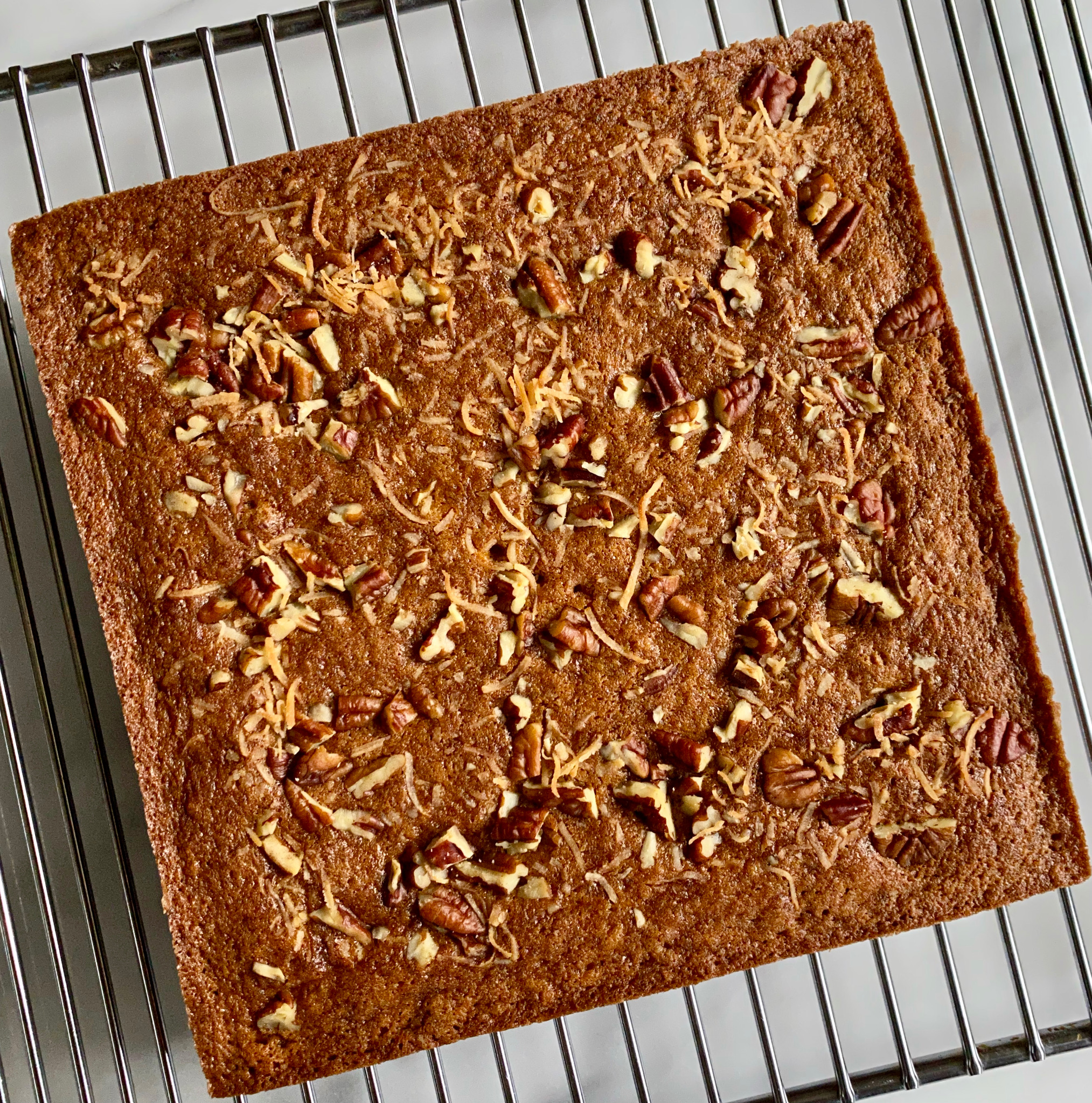
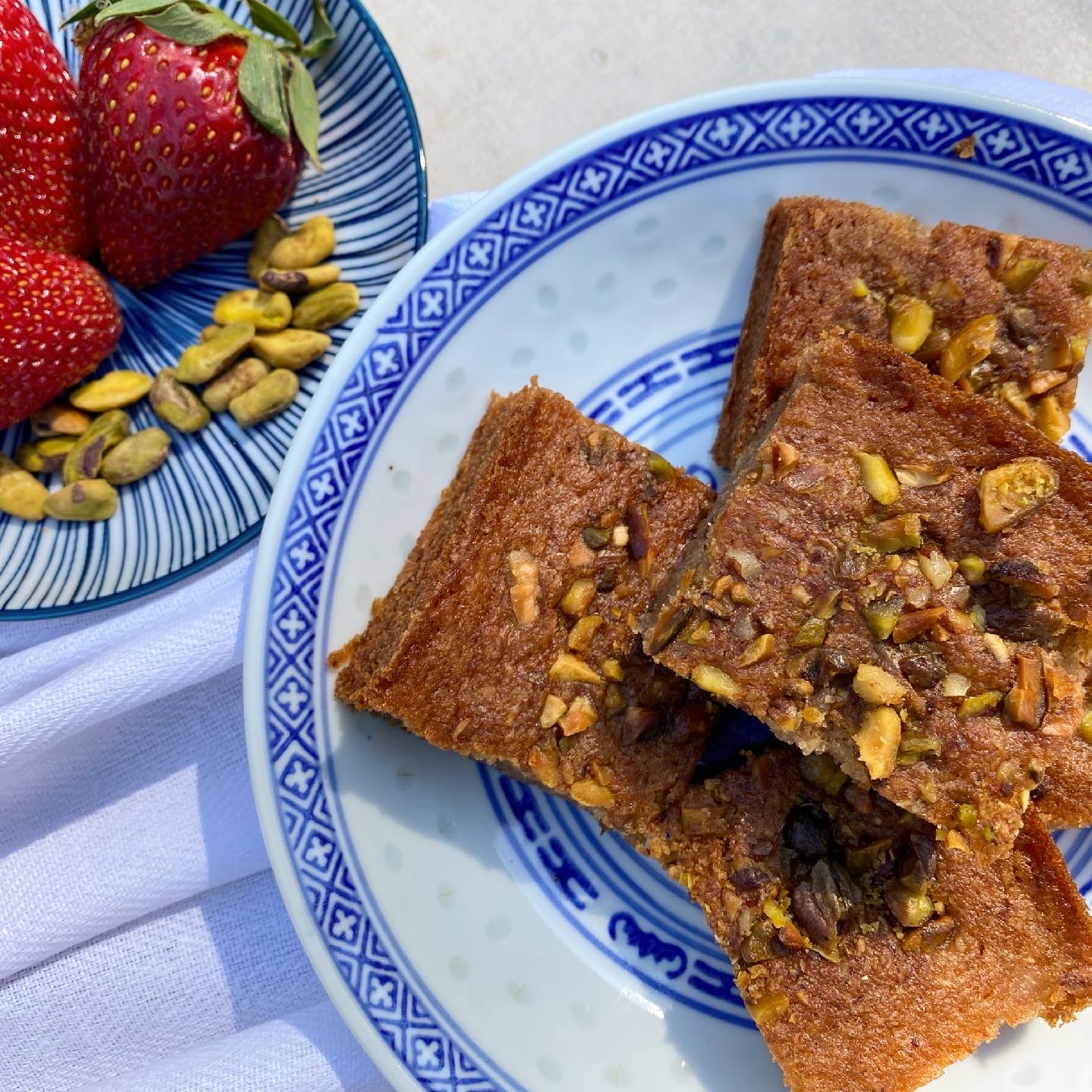
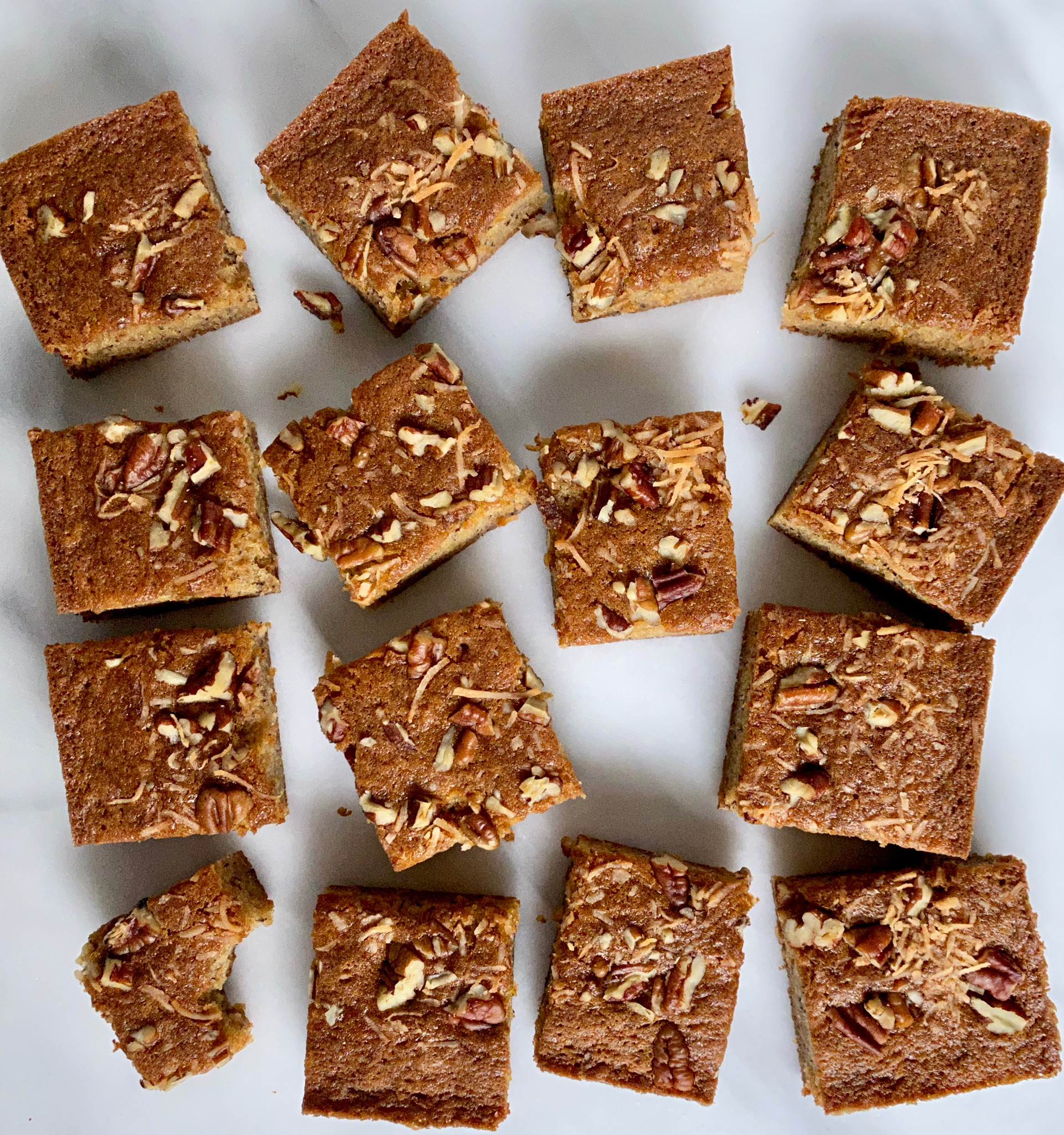
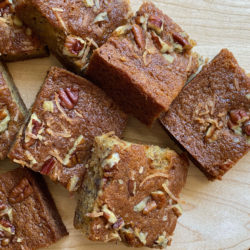


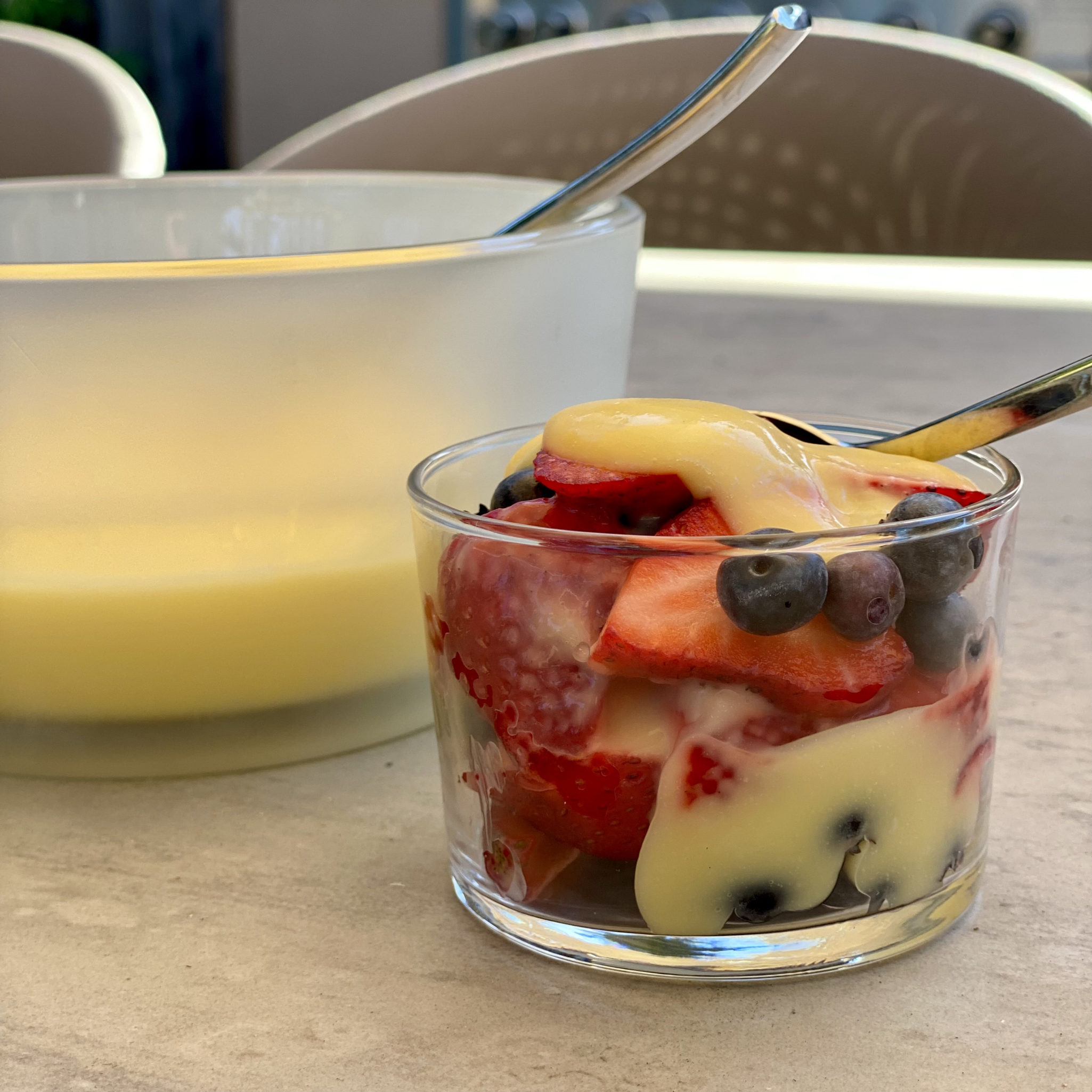

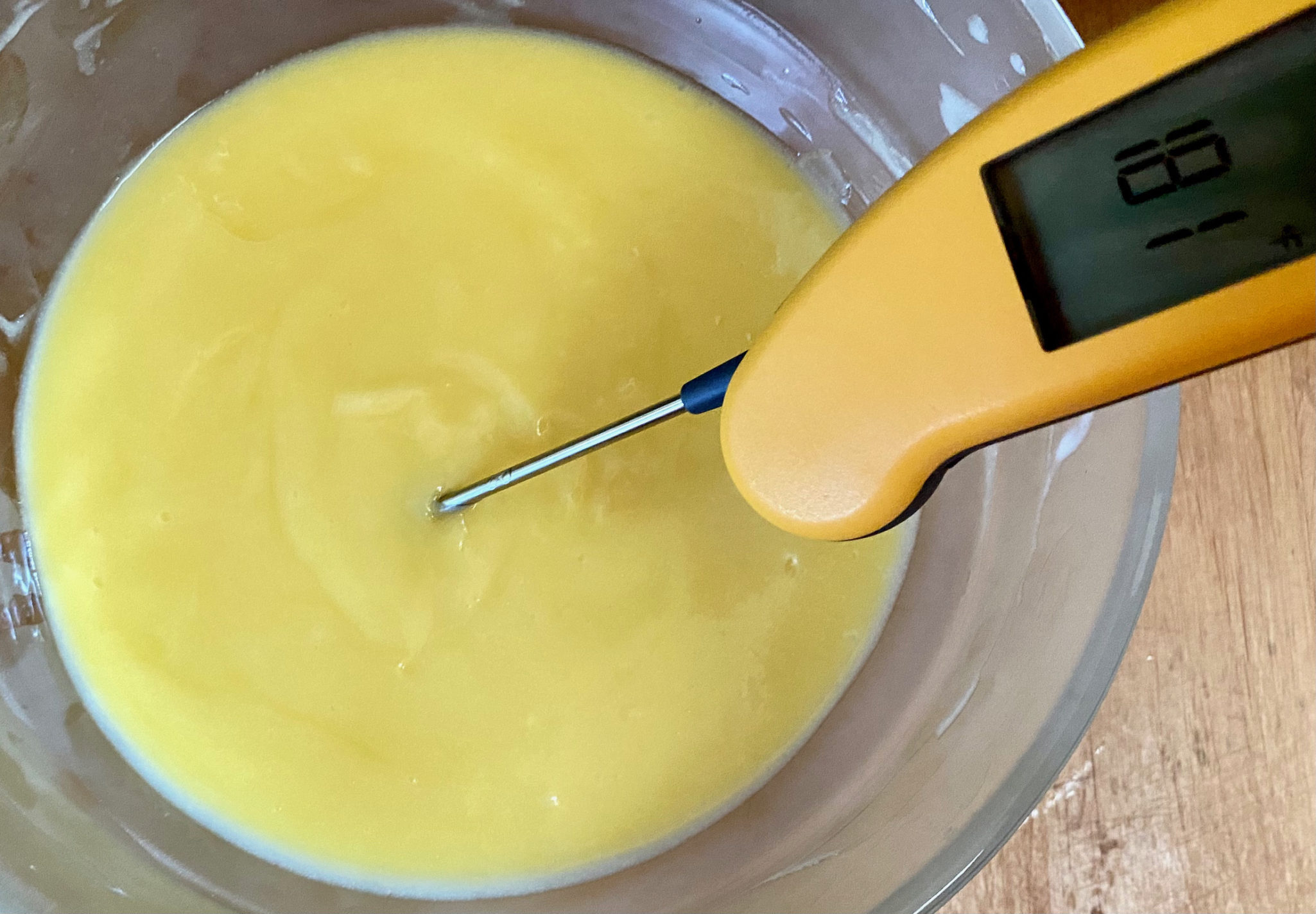
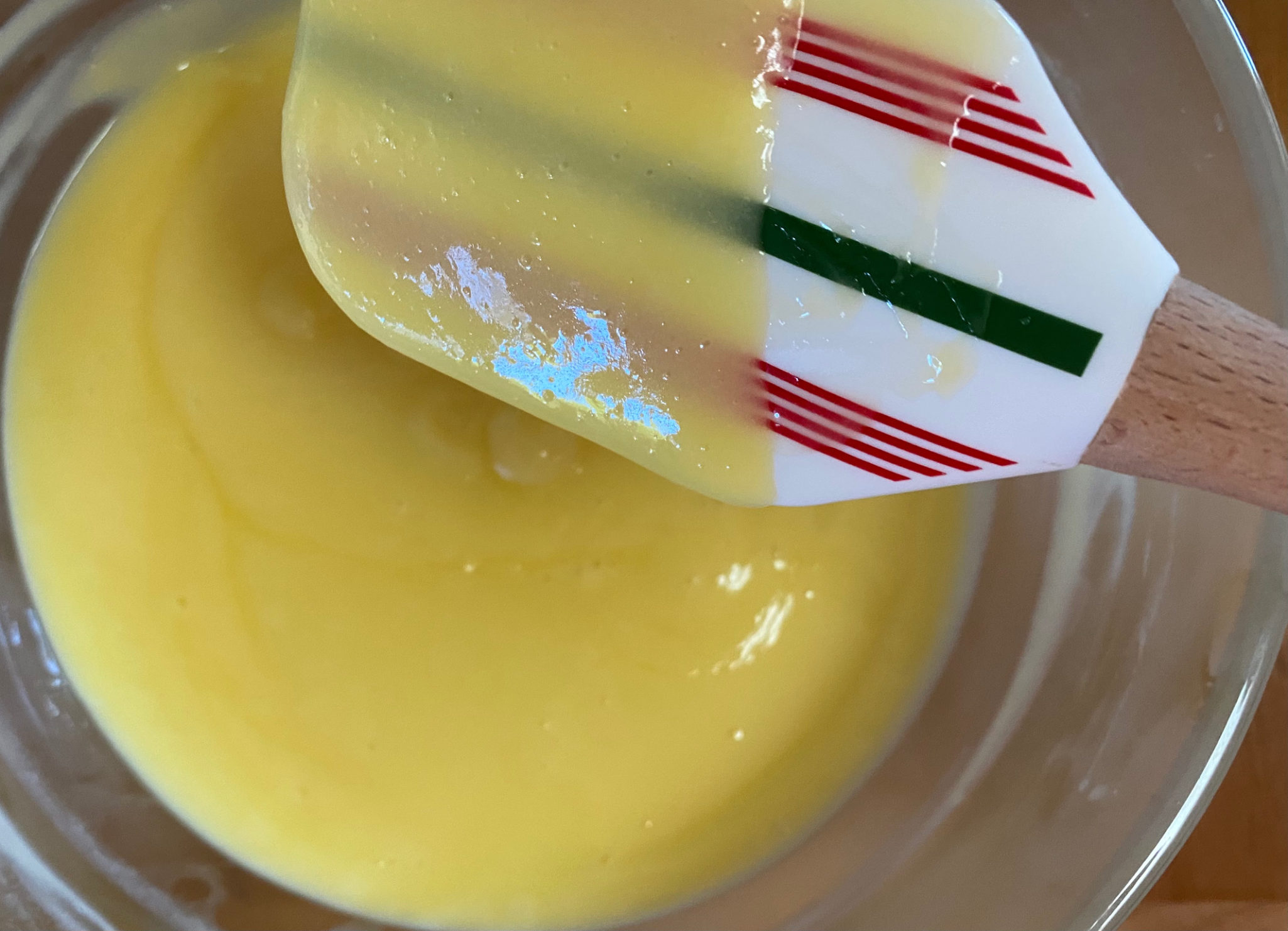
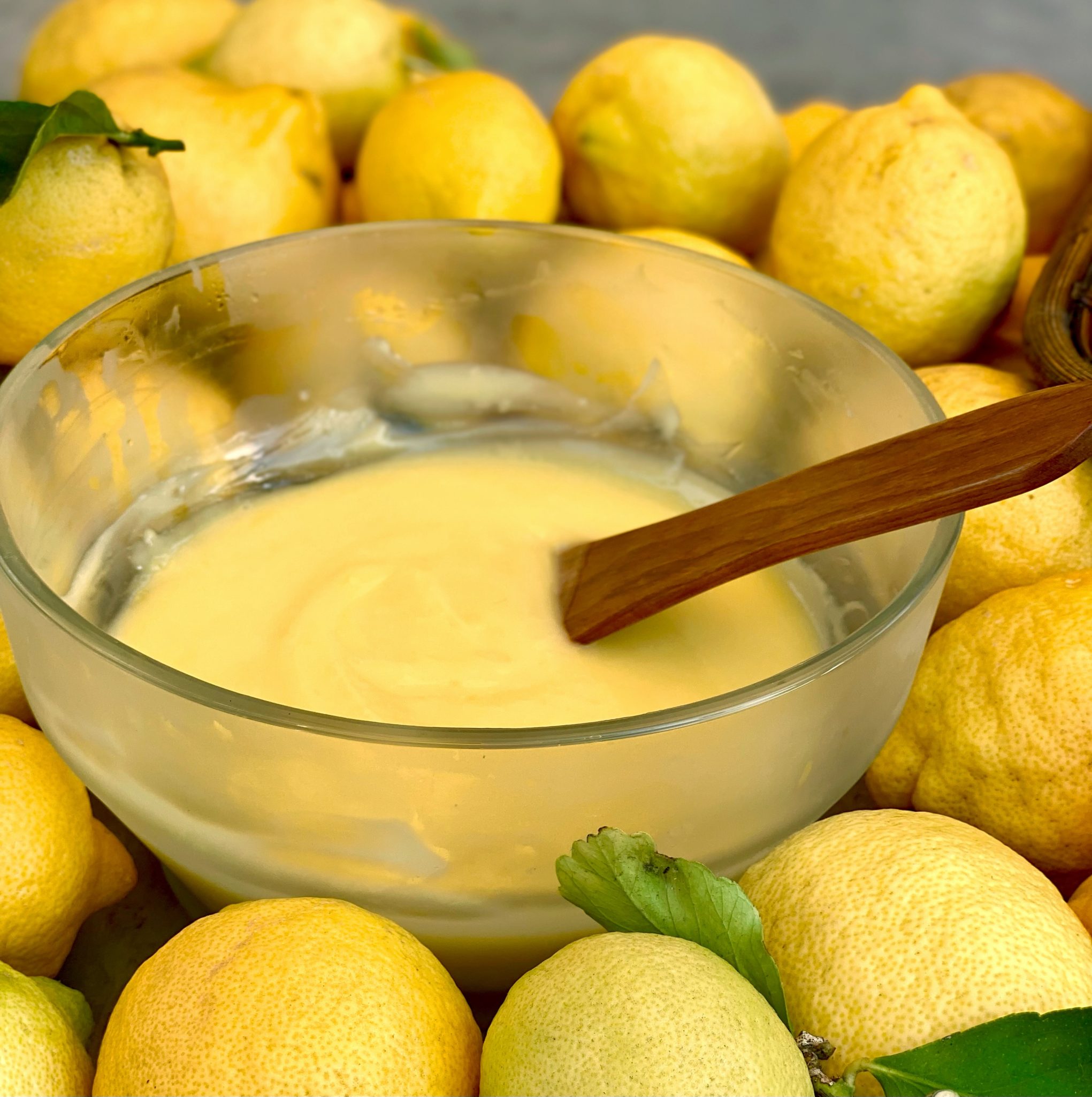

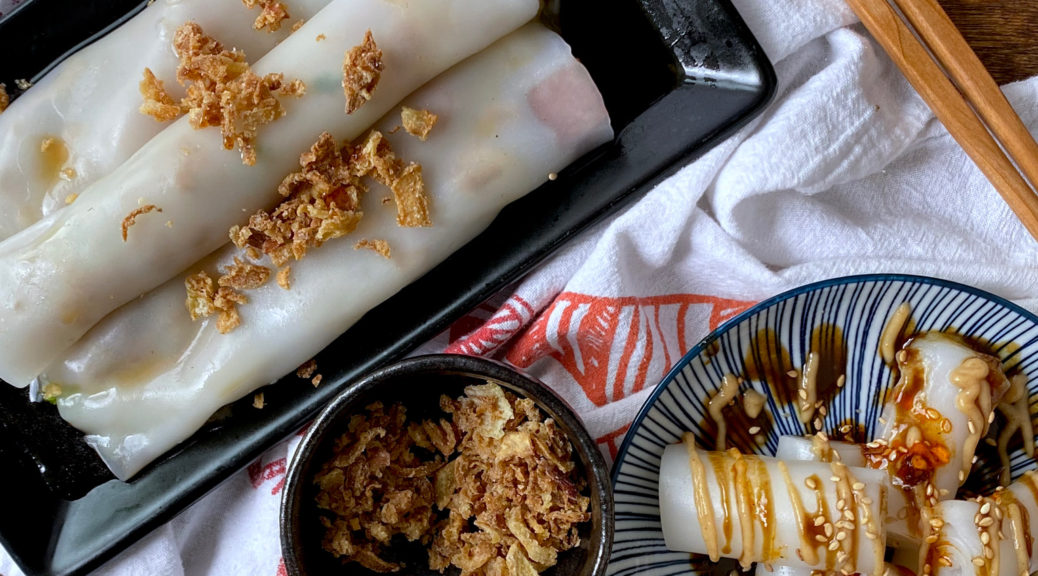
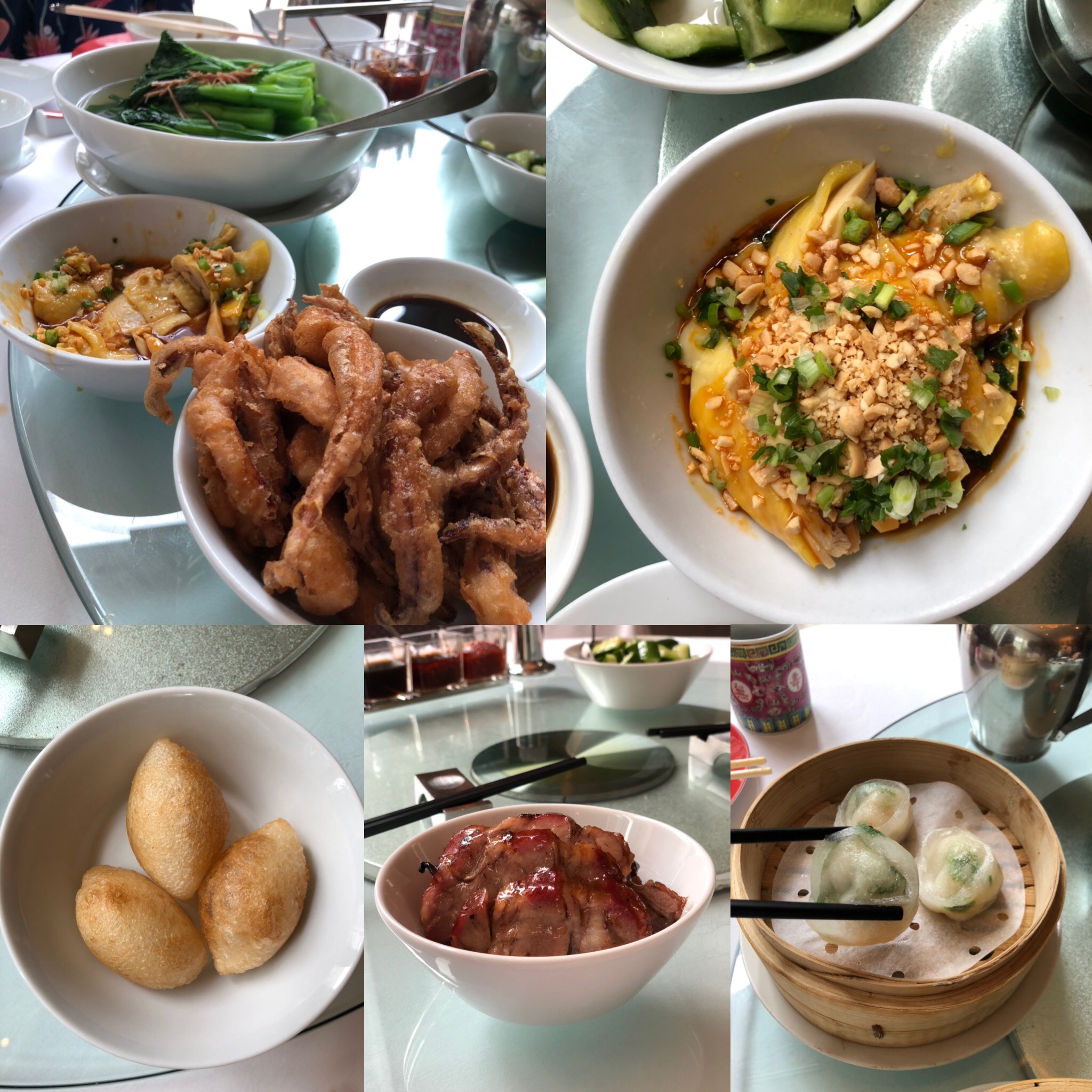
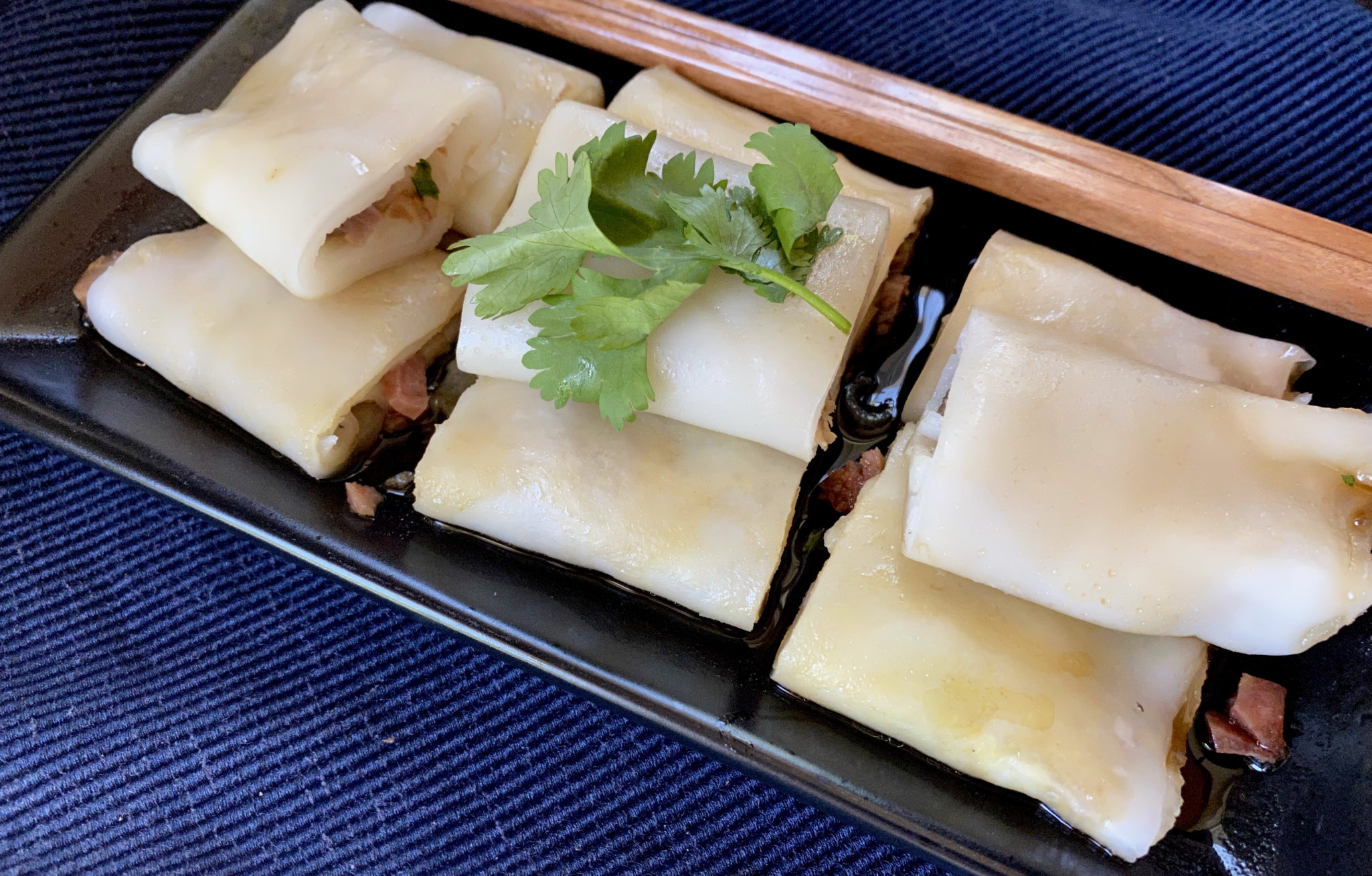 Microwave Magic
Microwave Magic